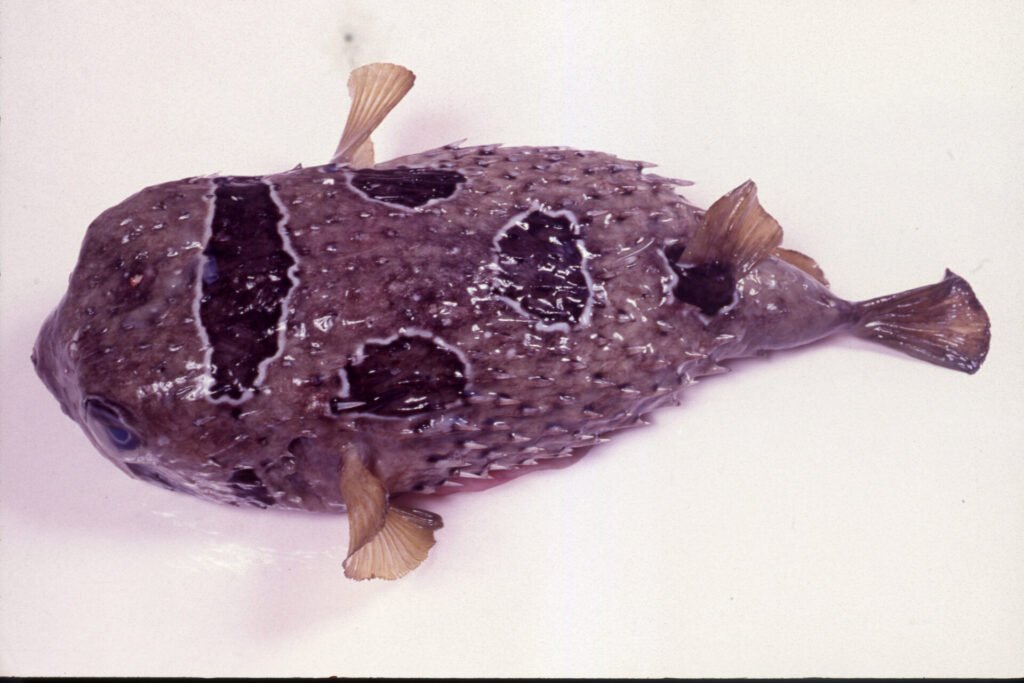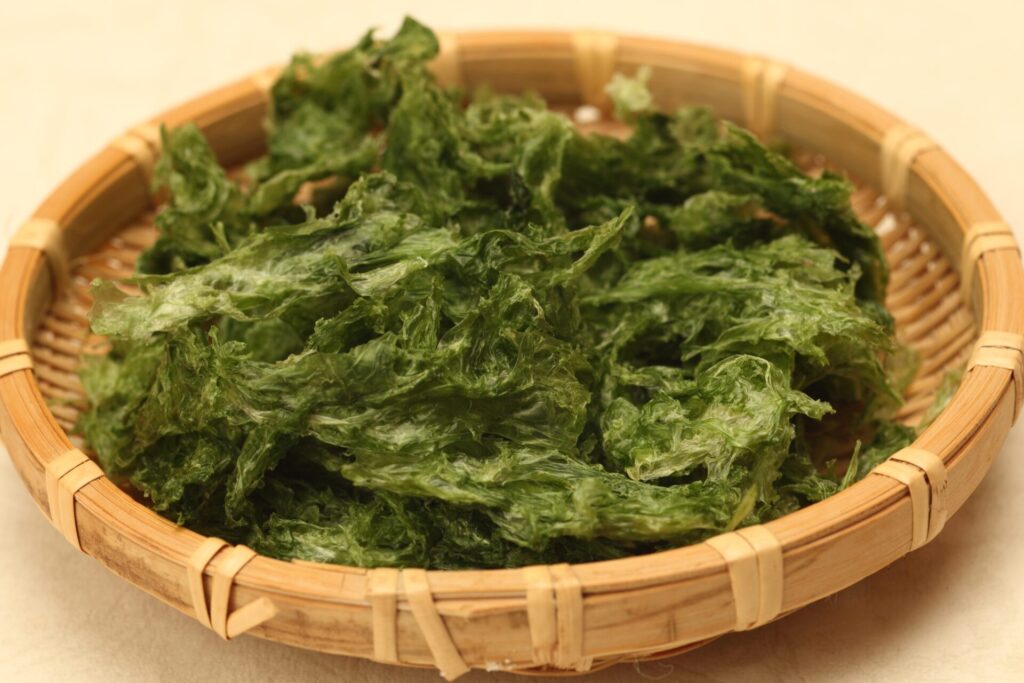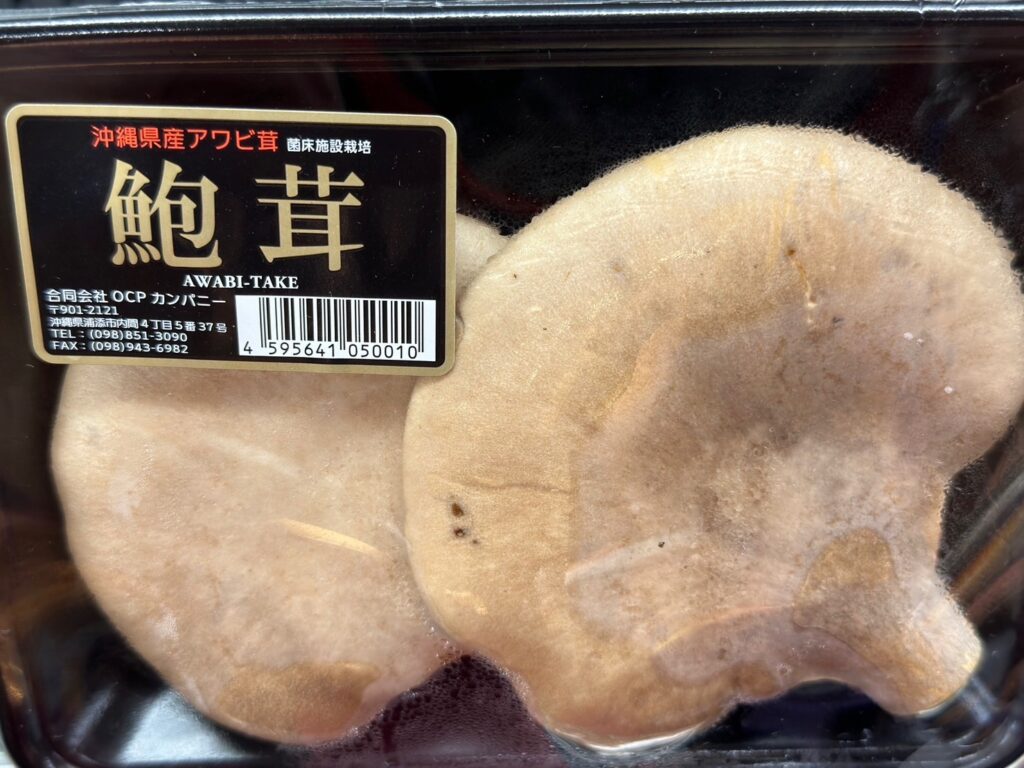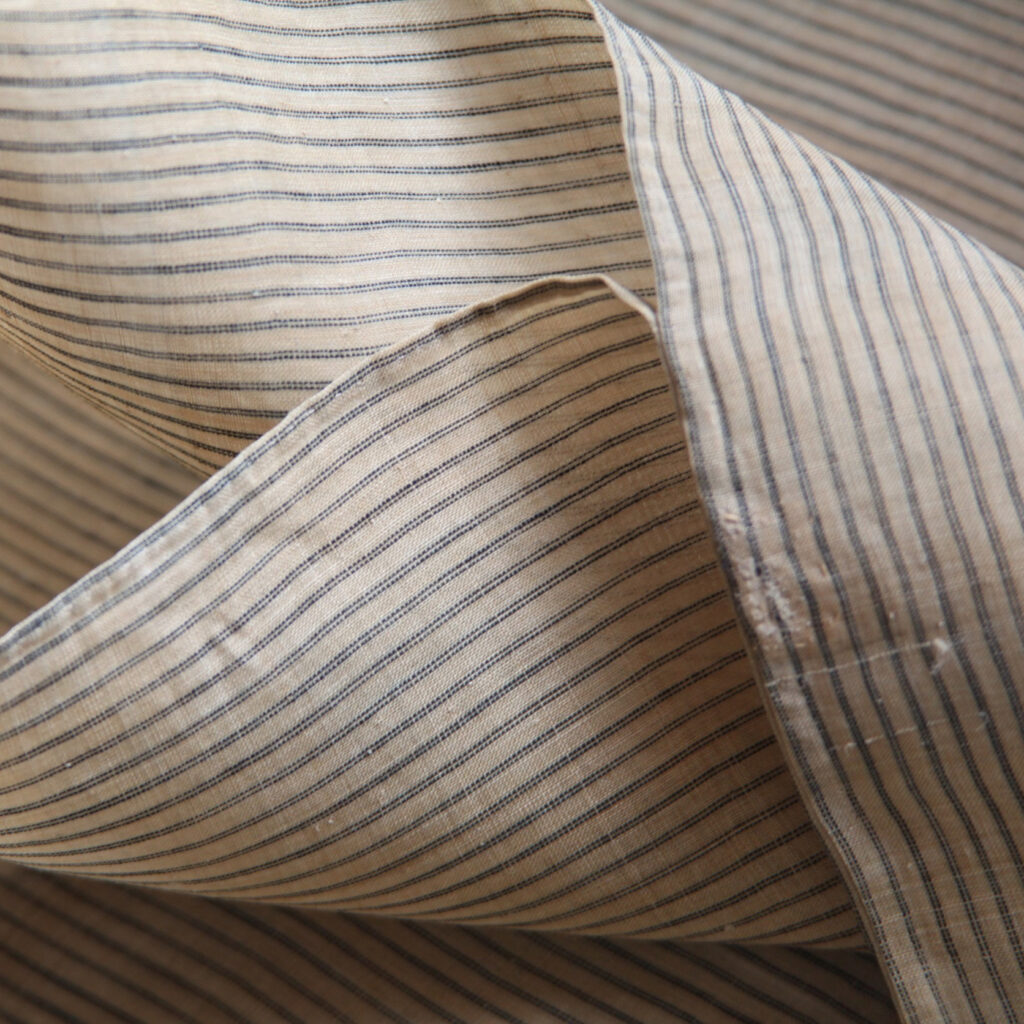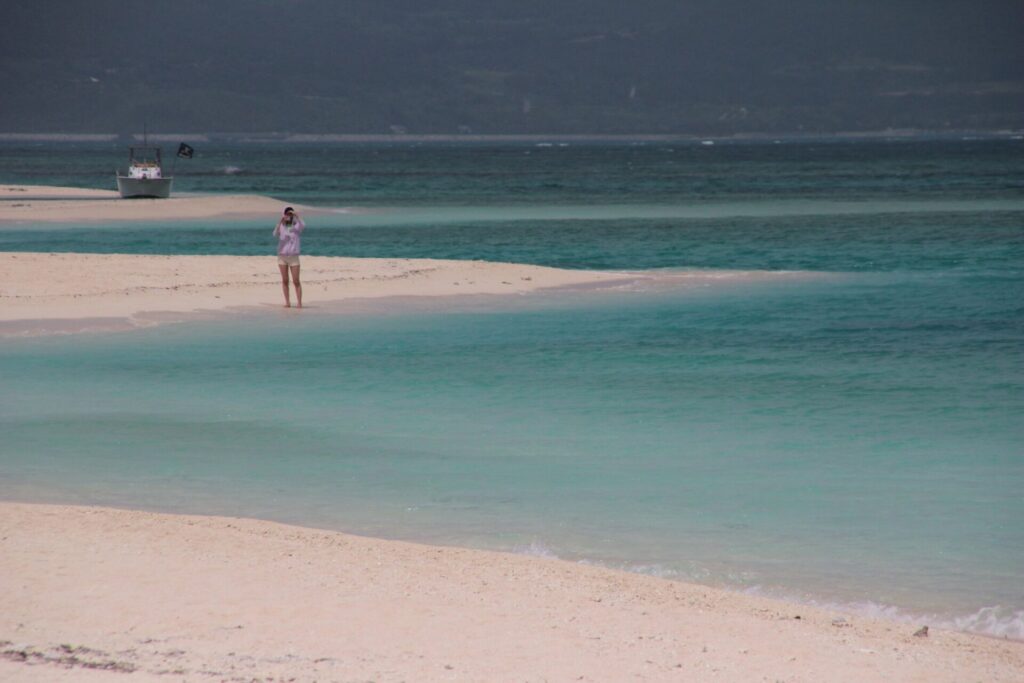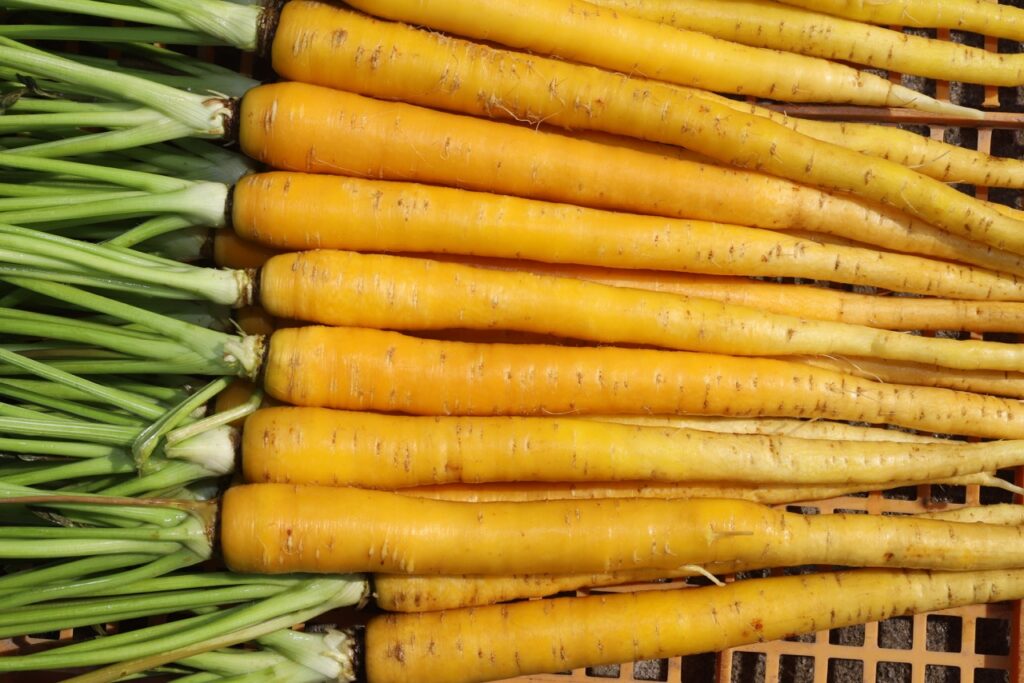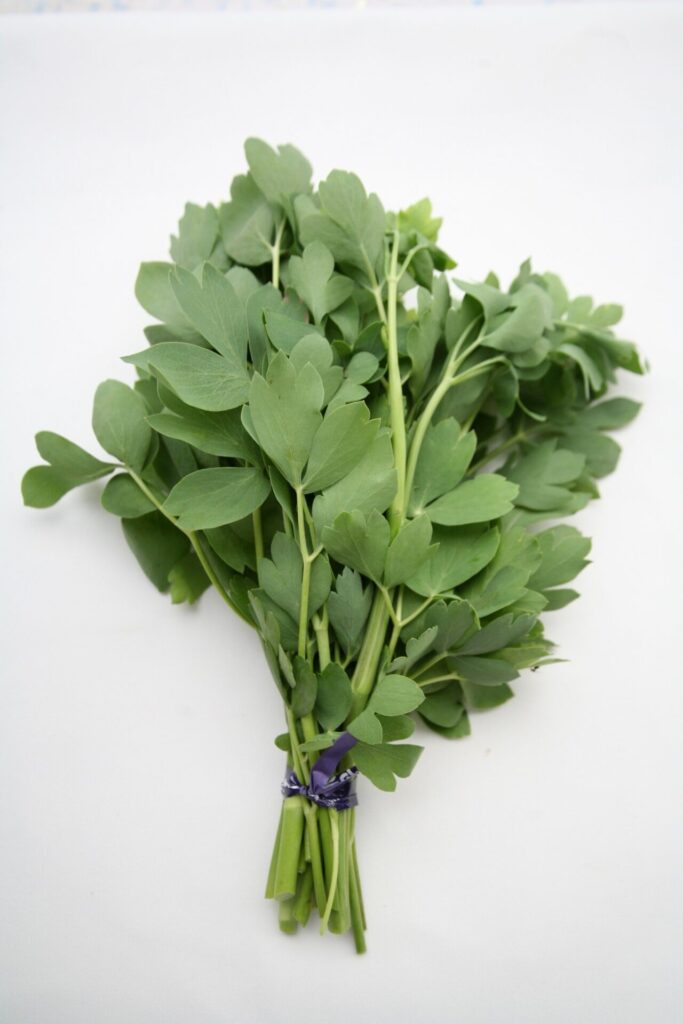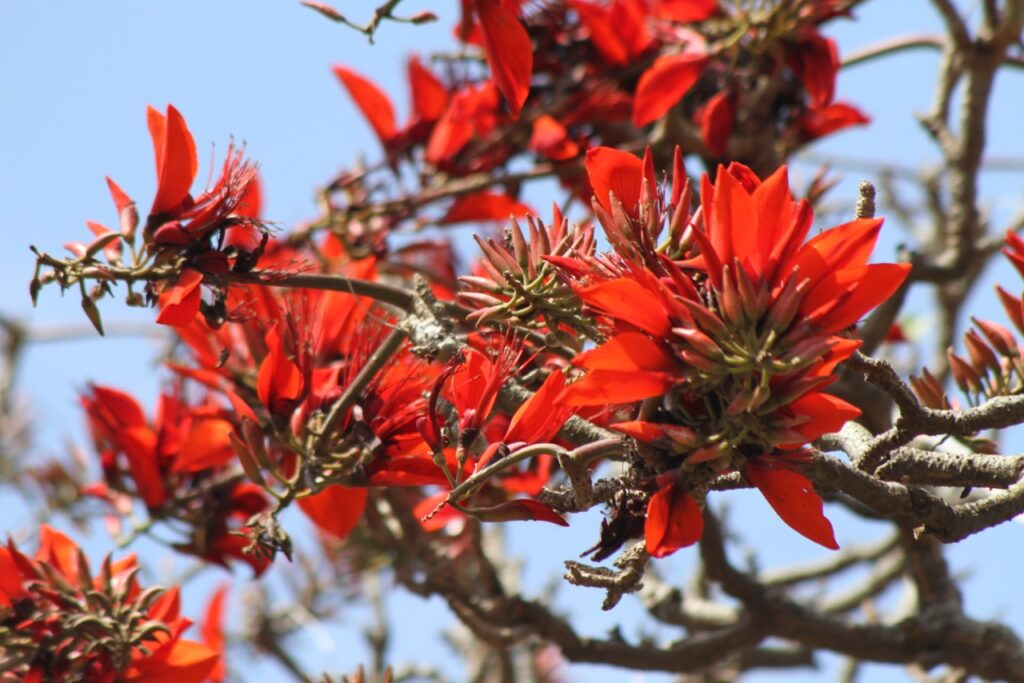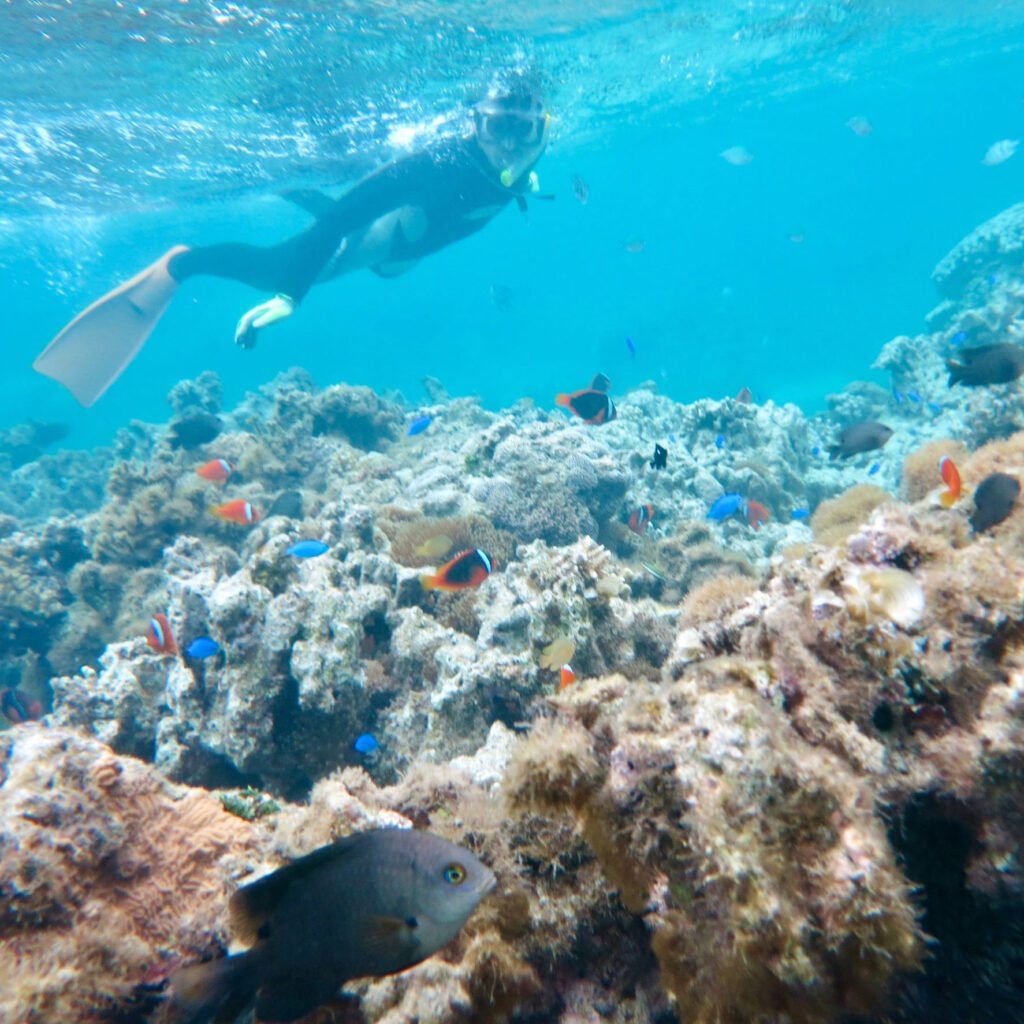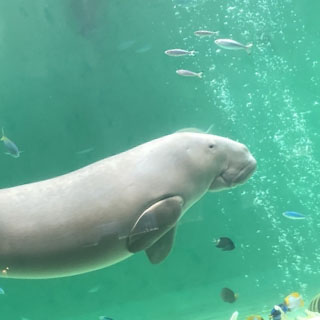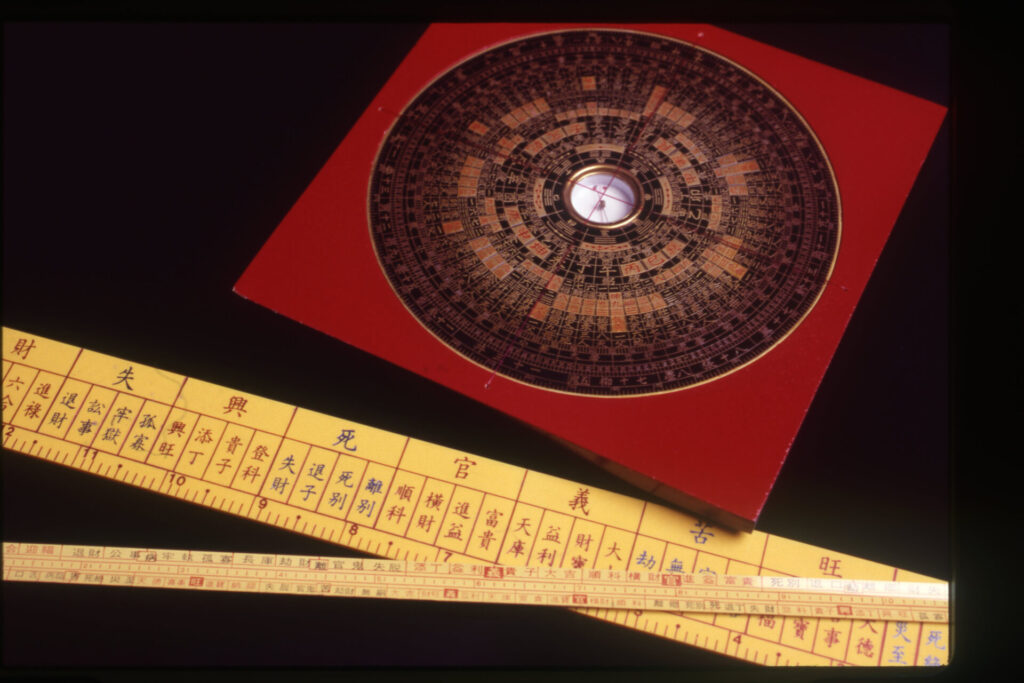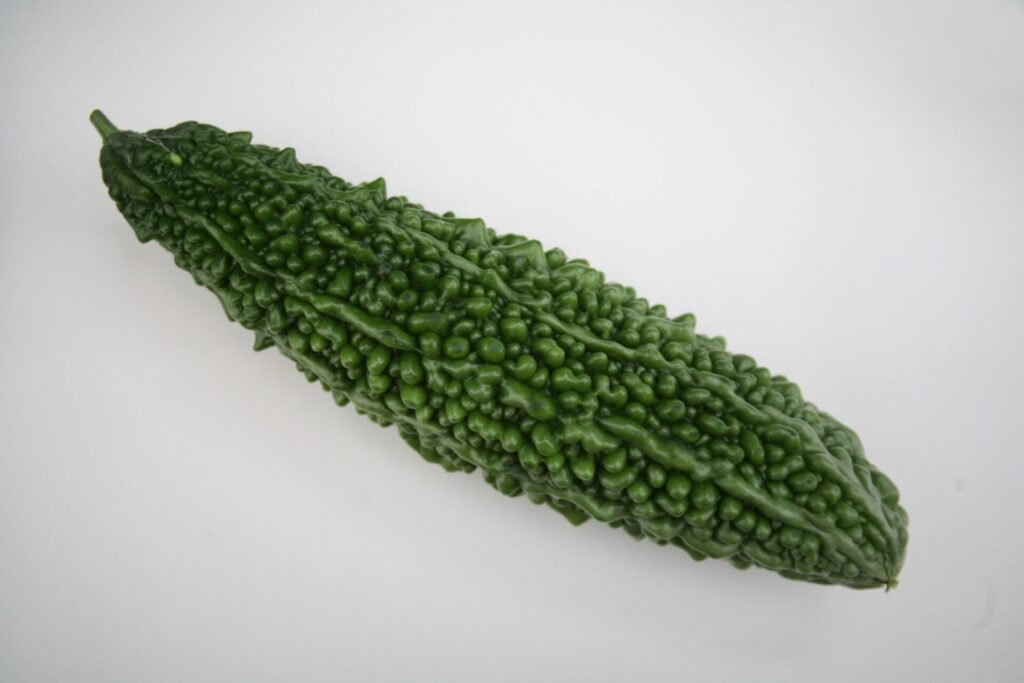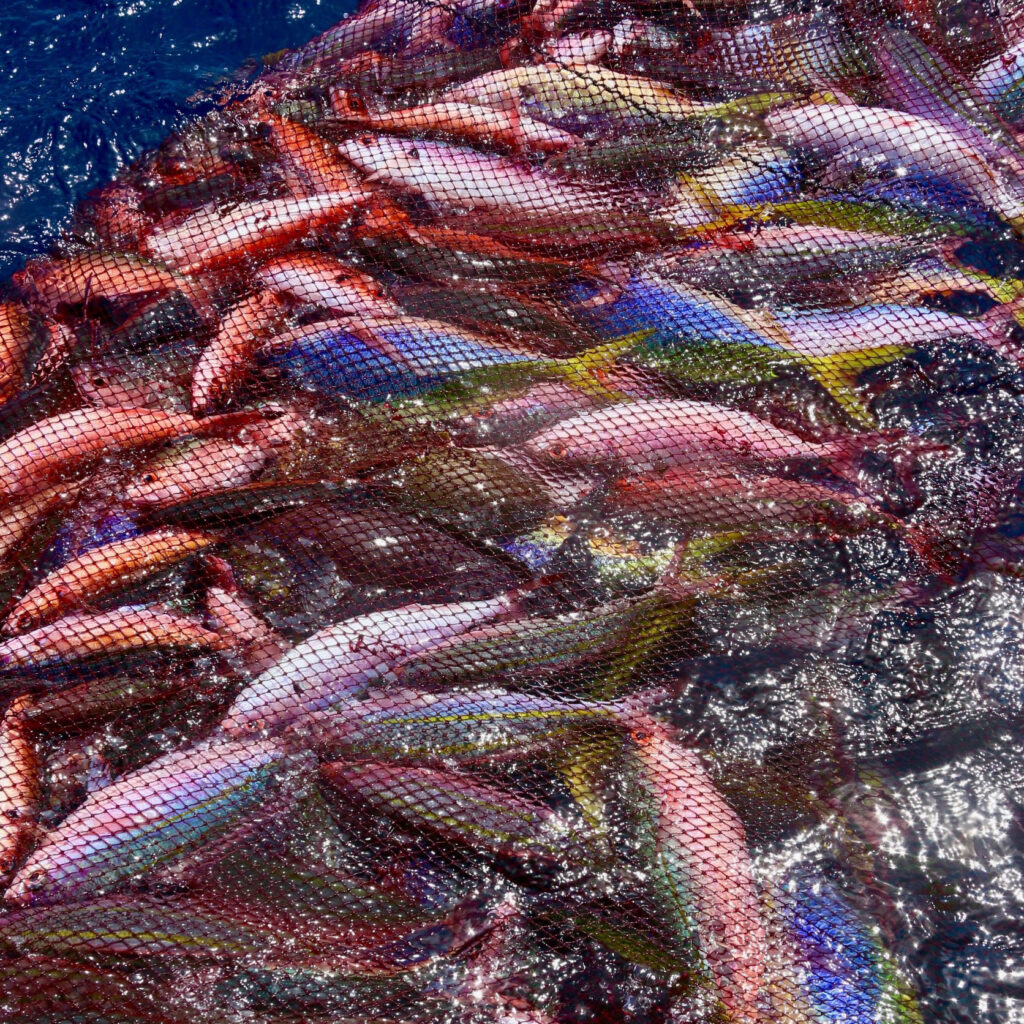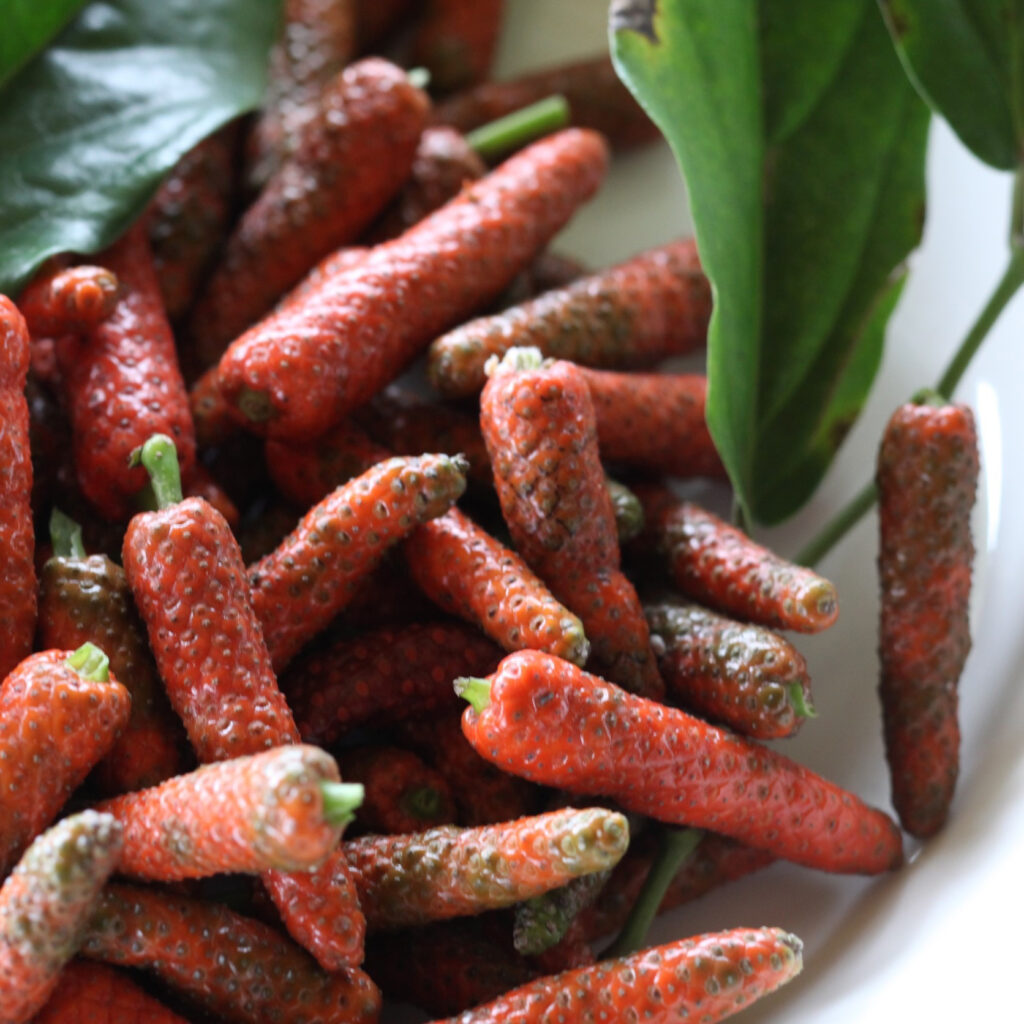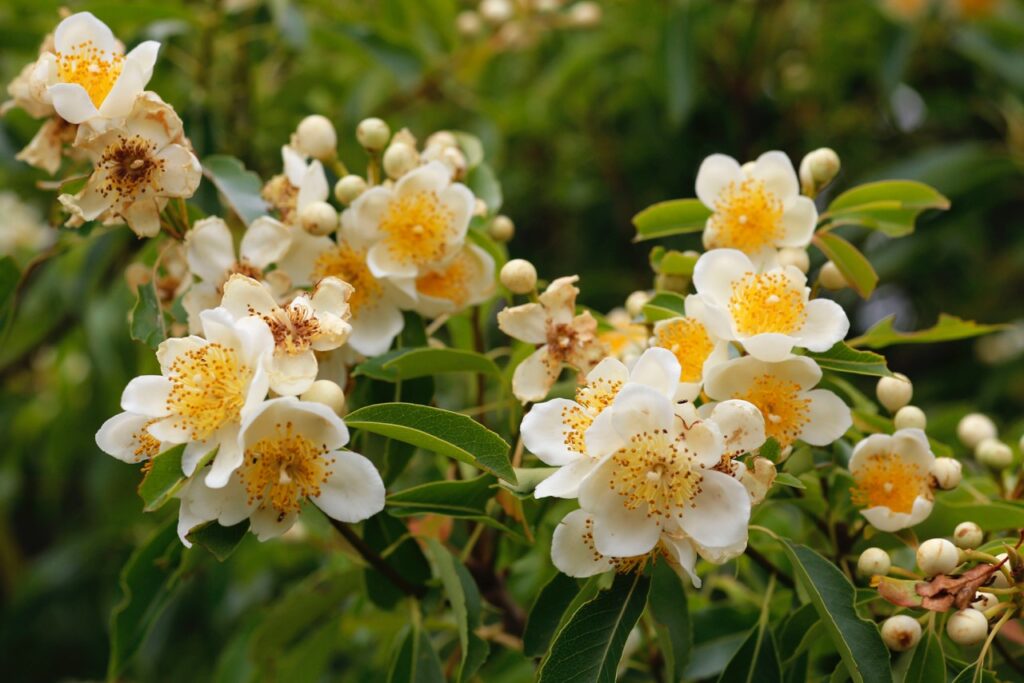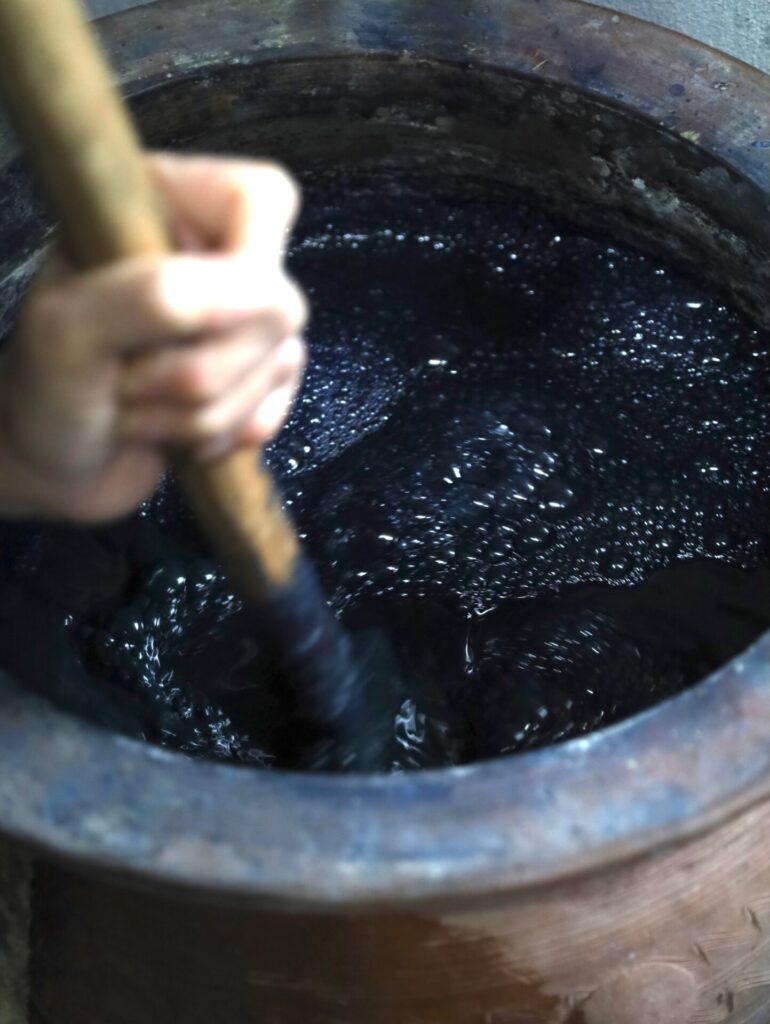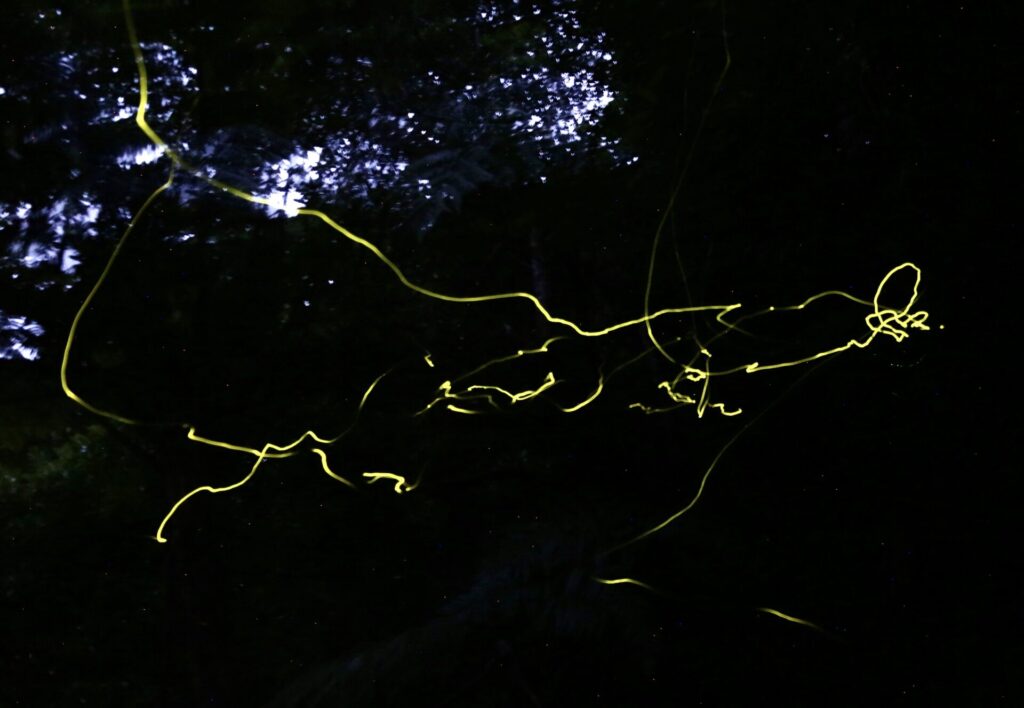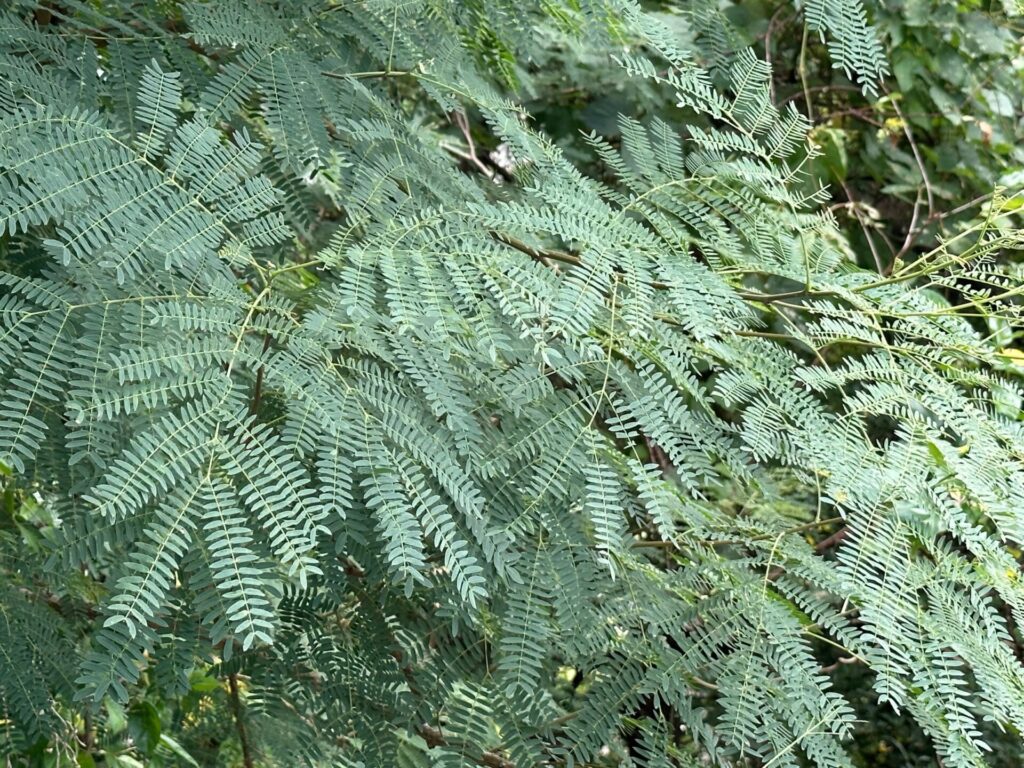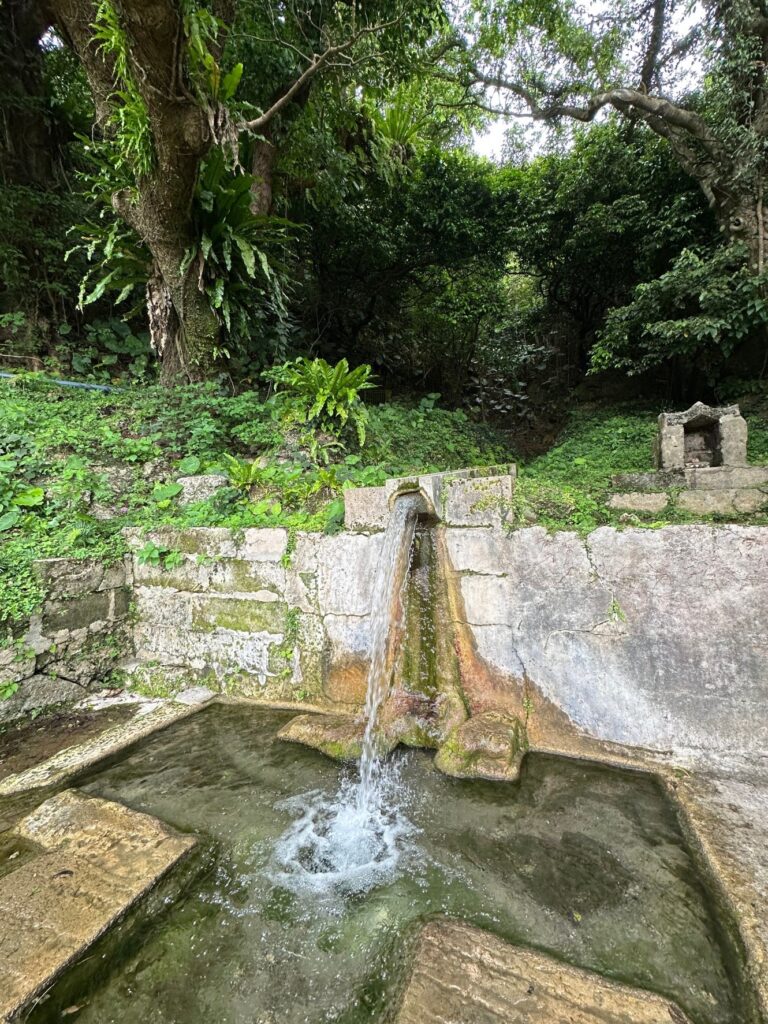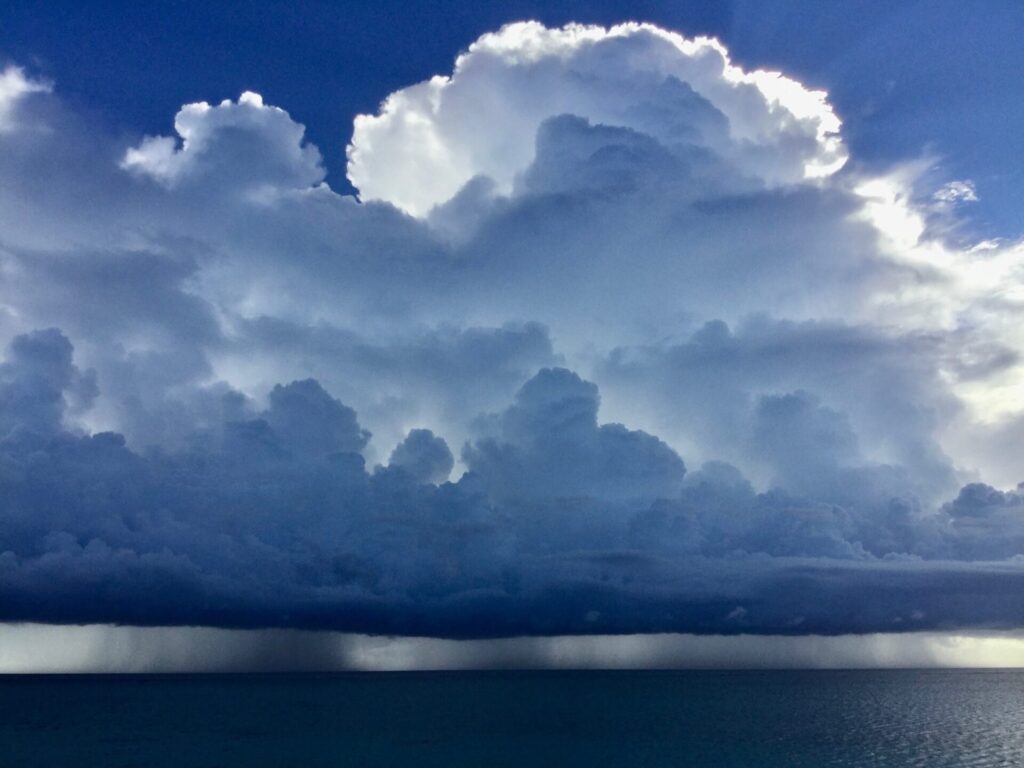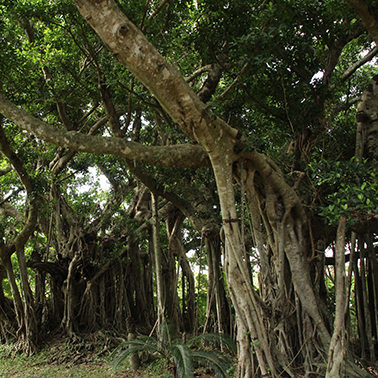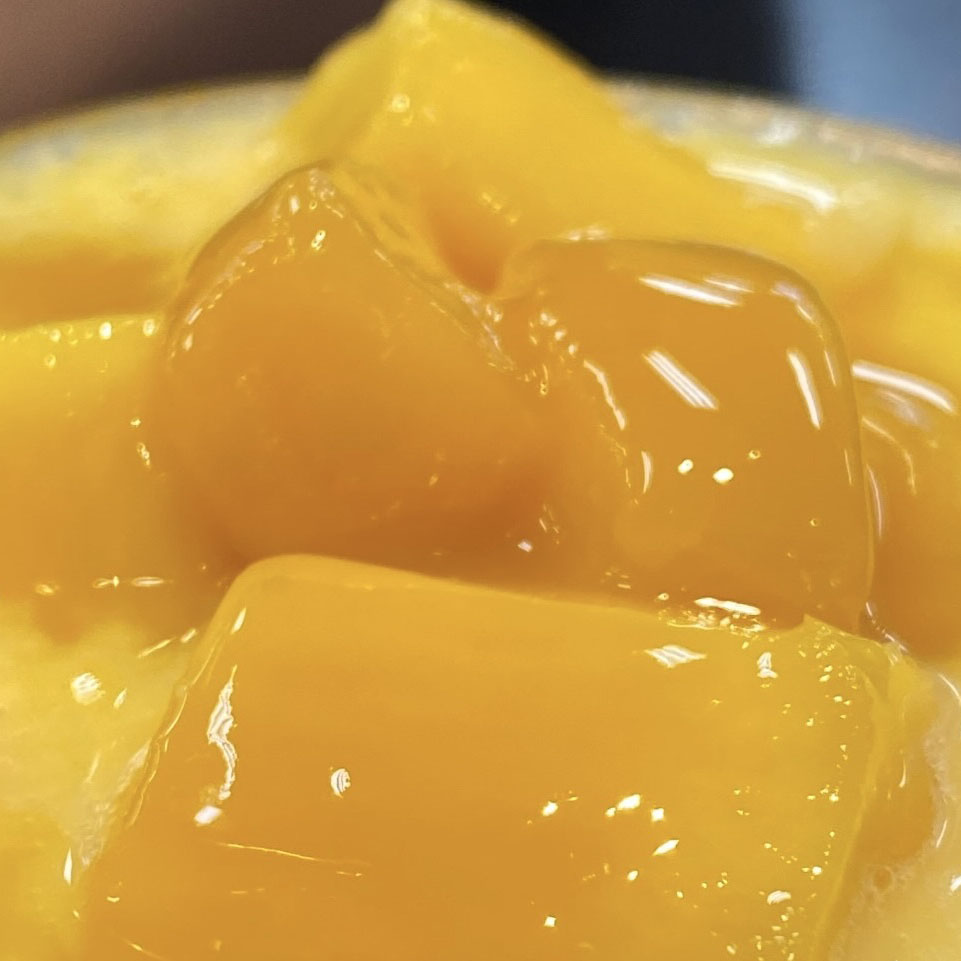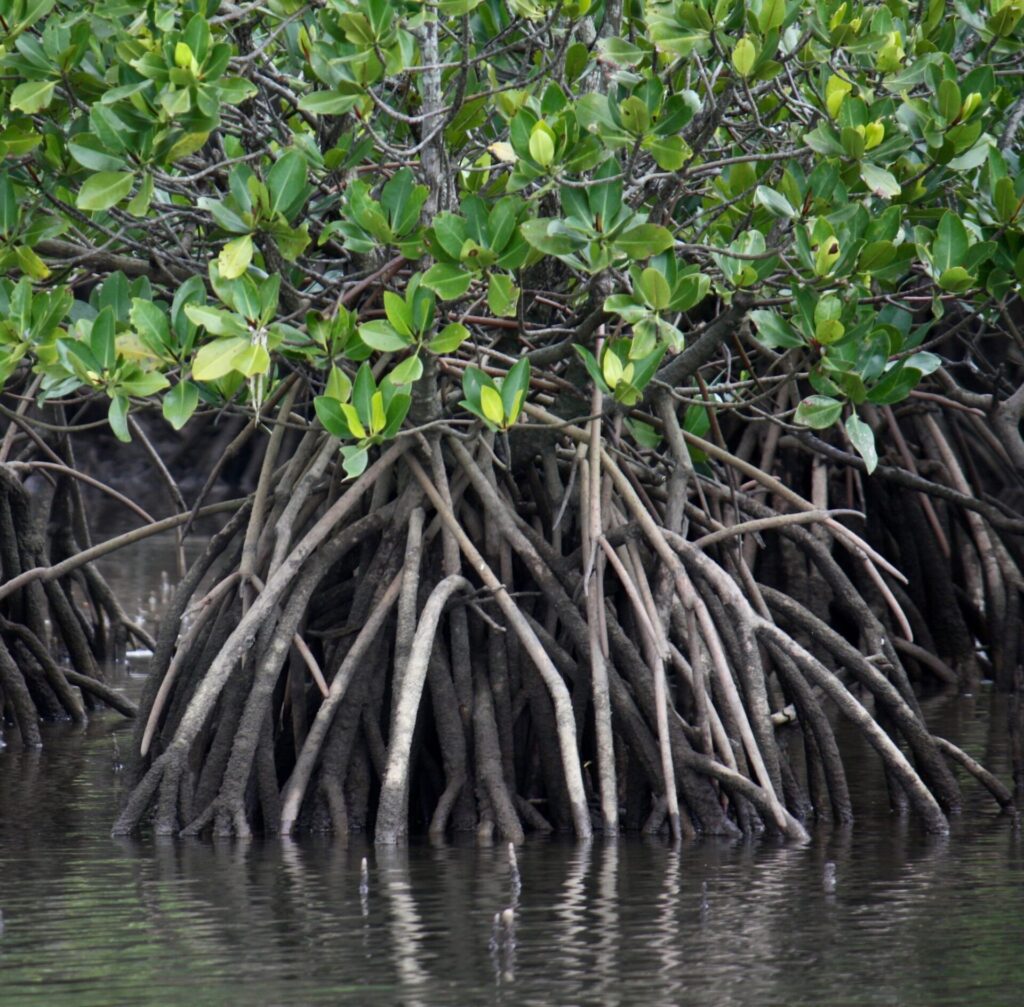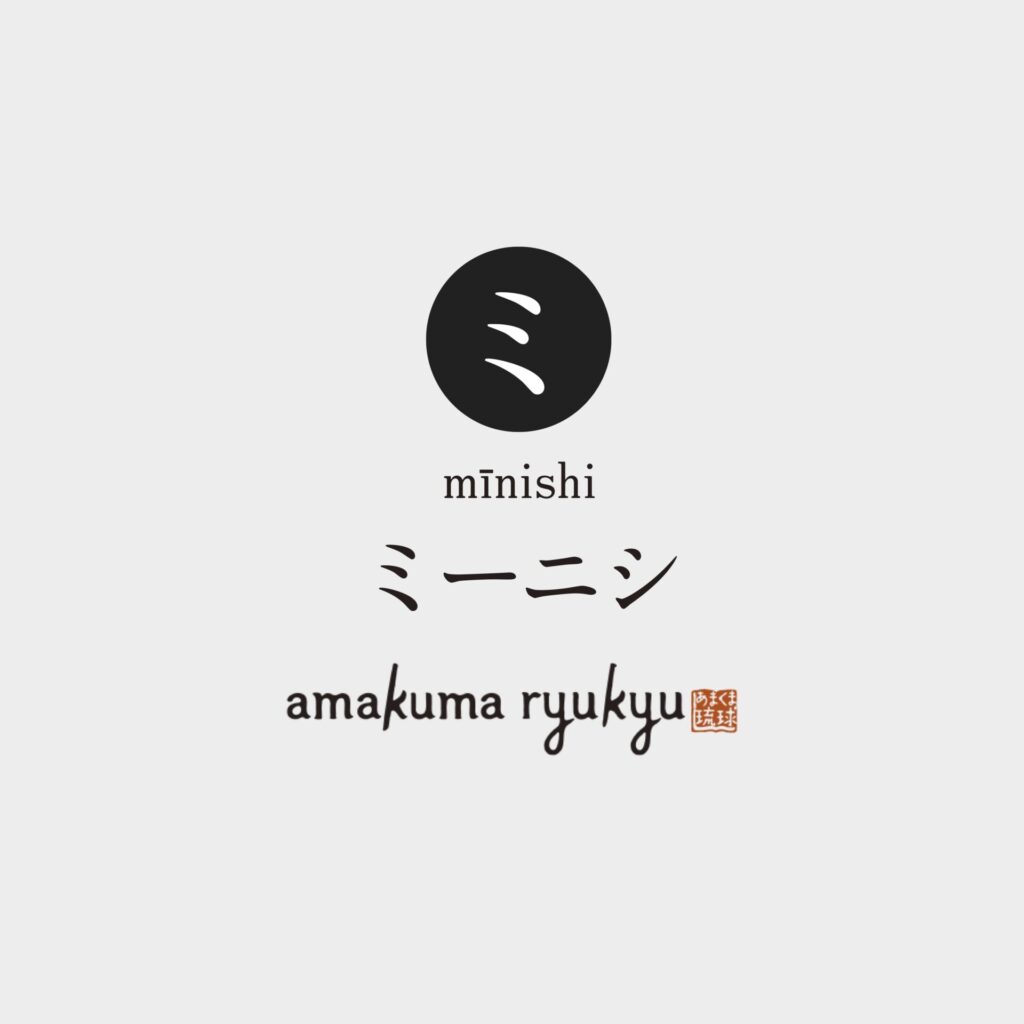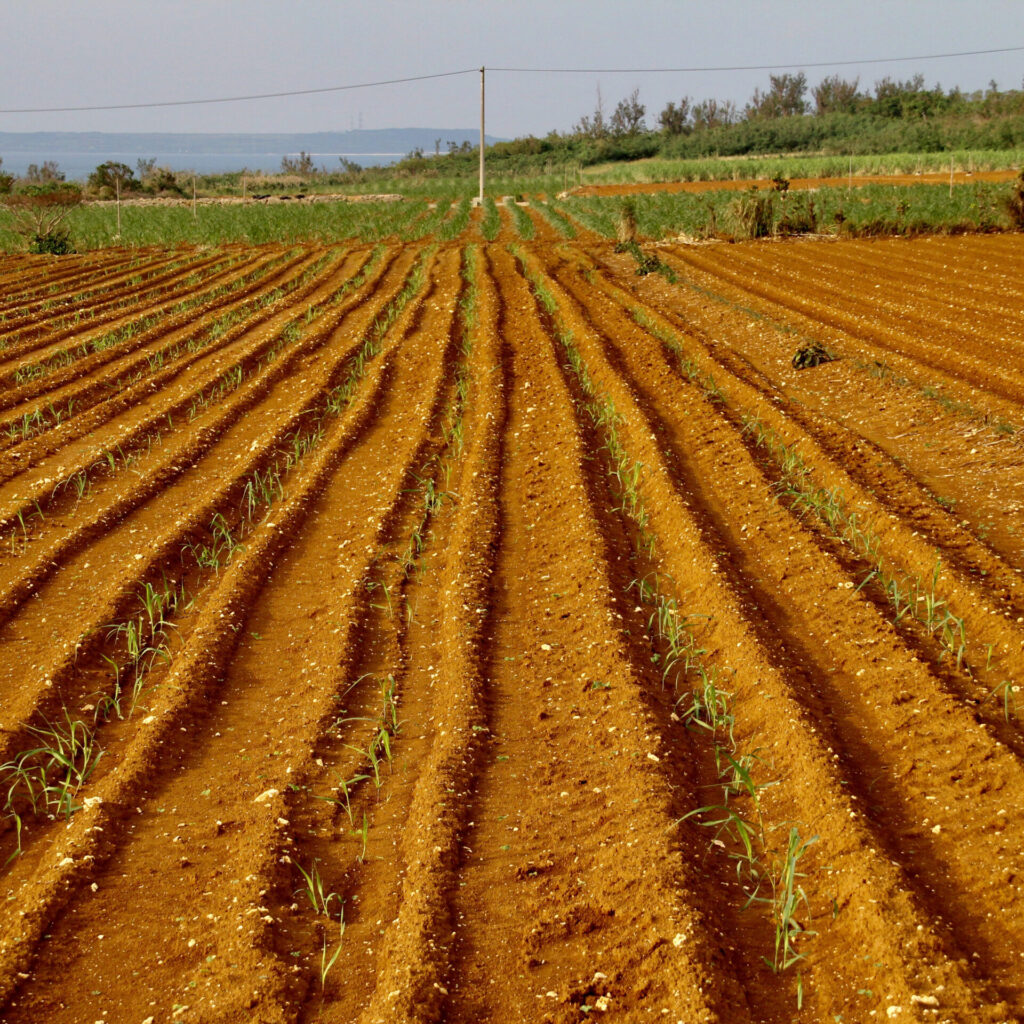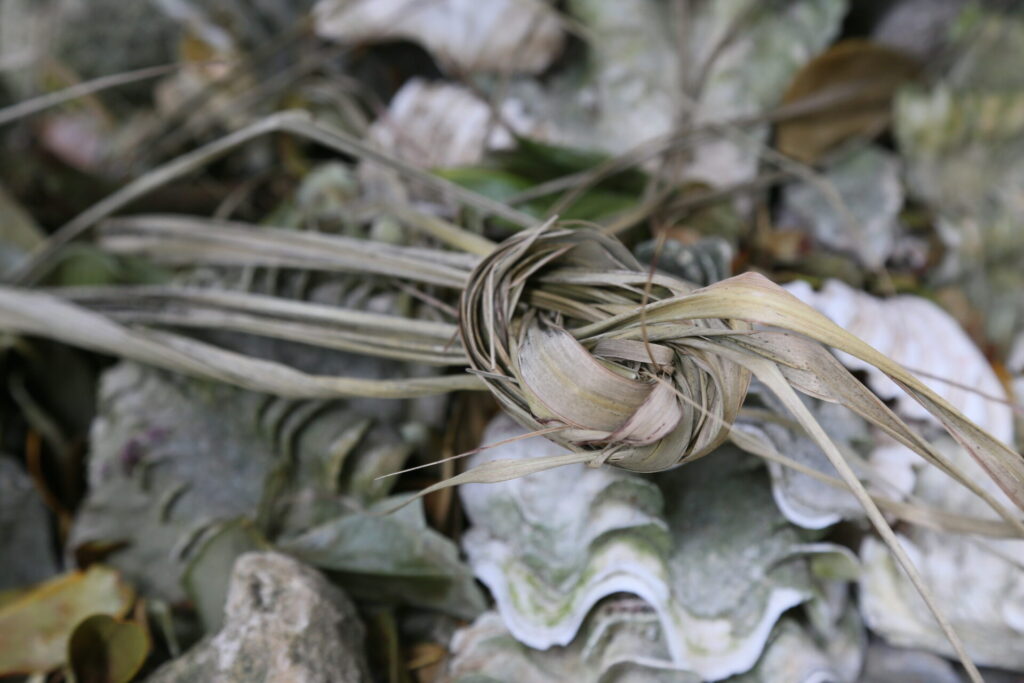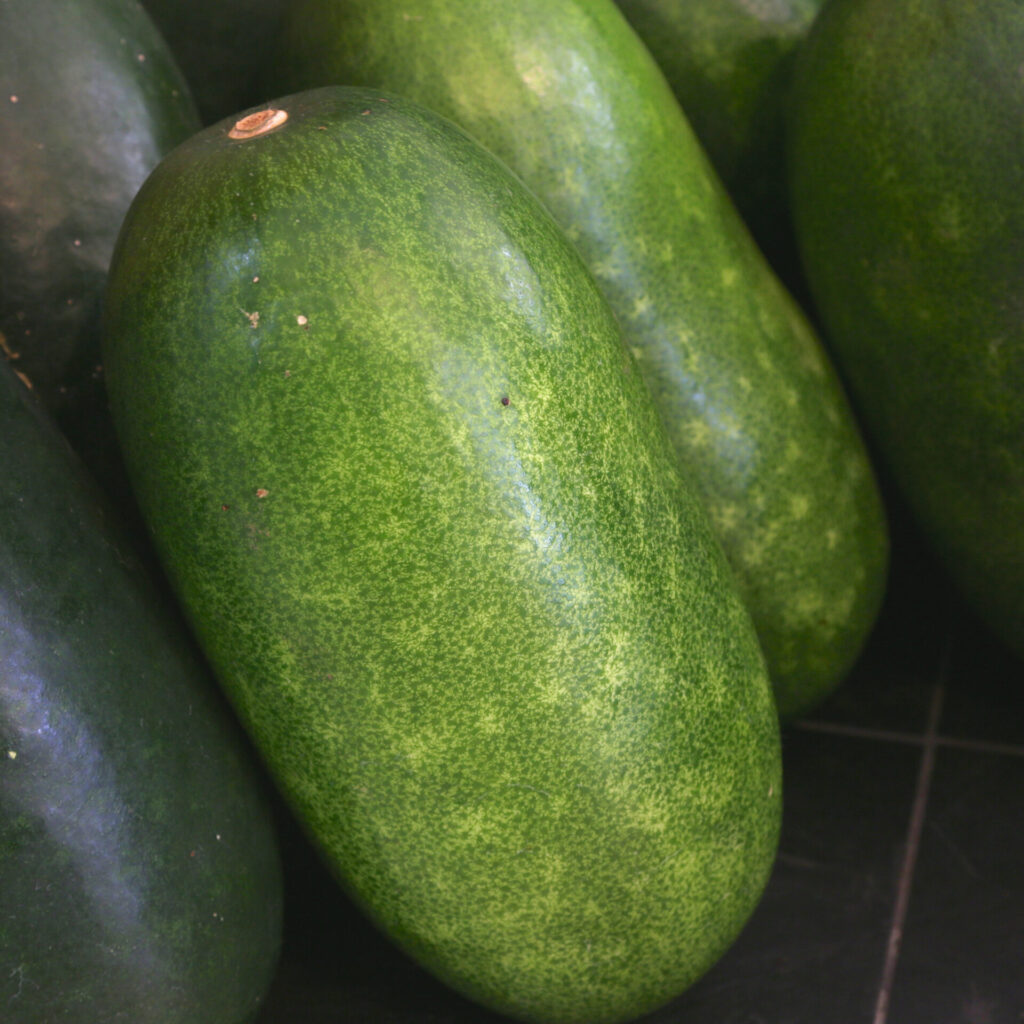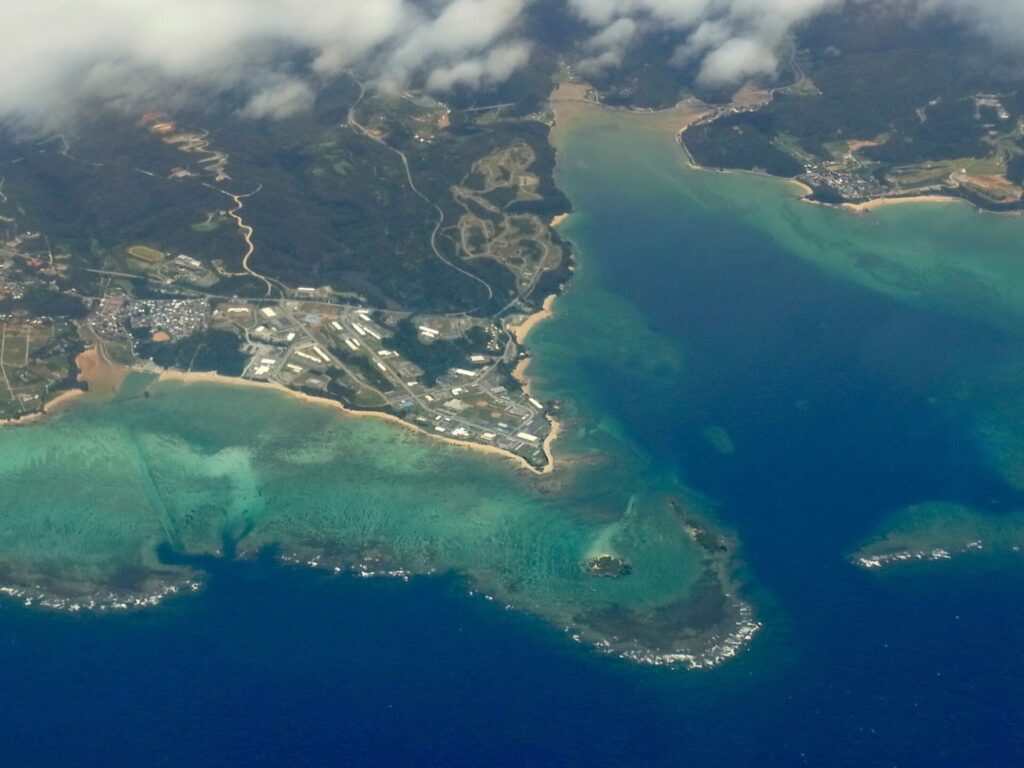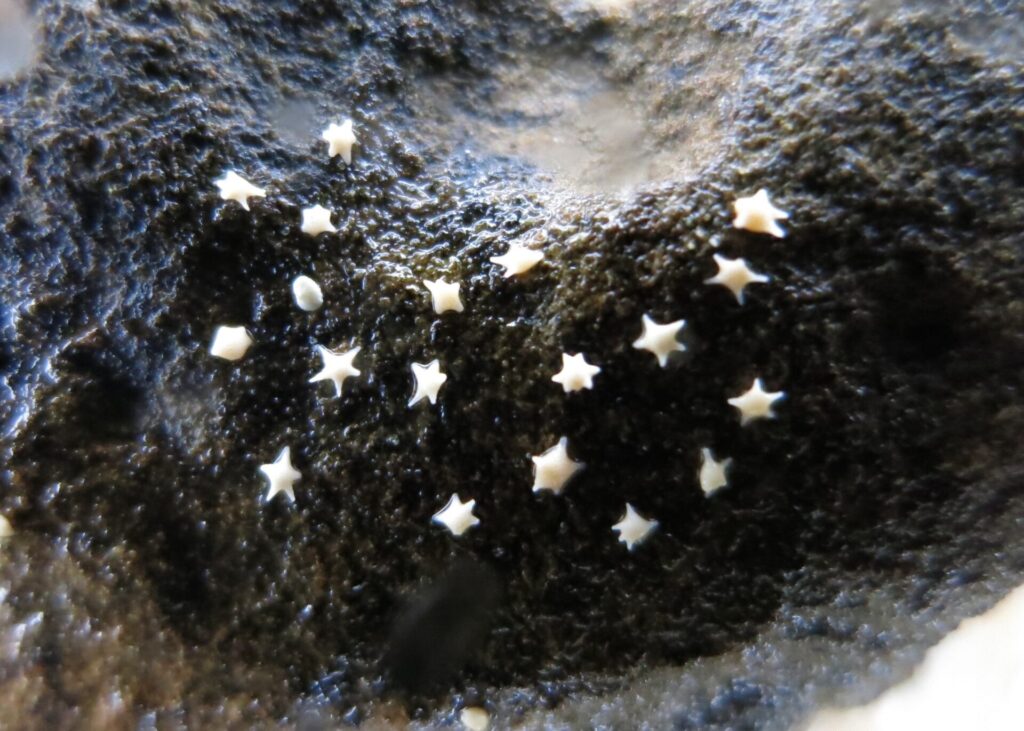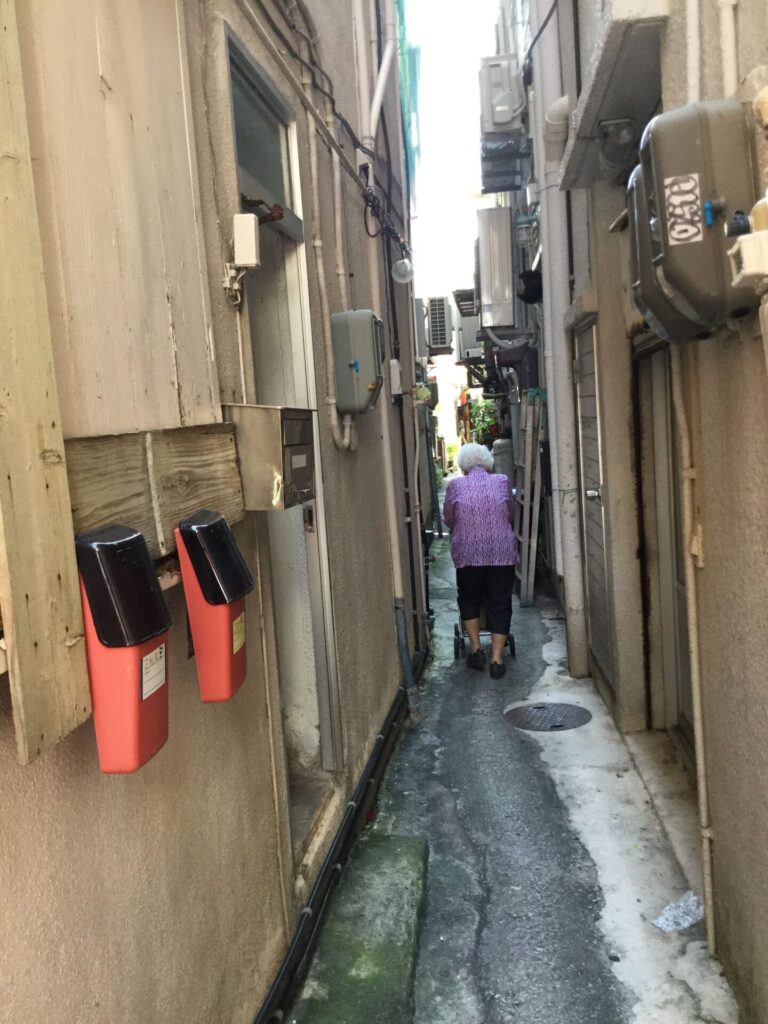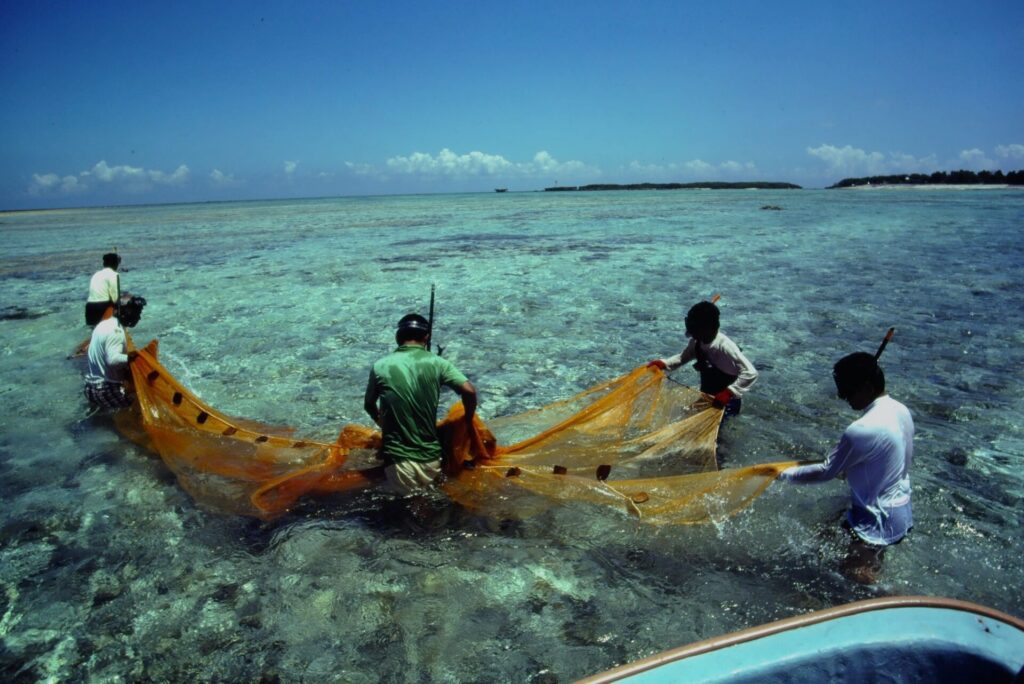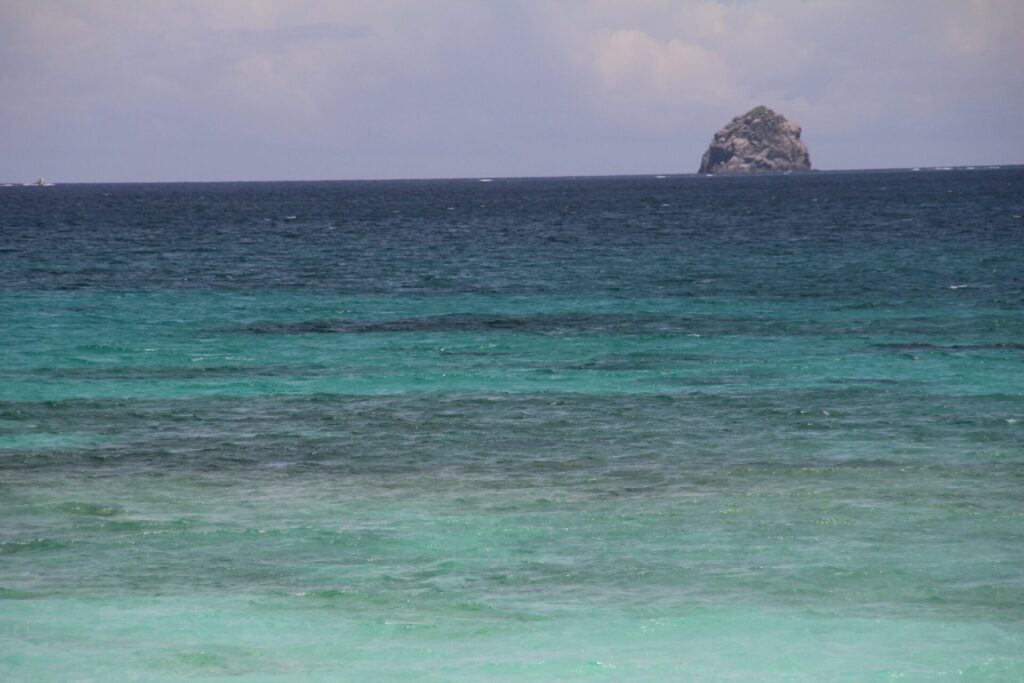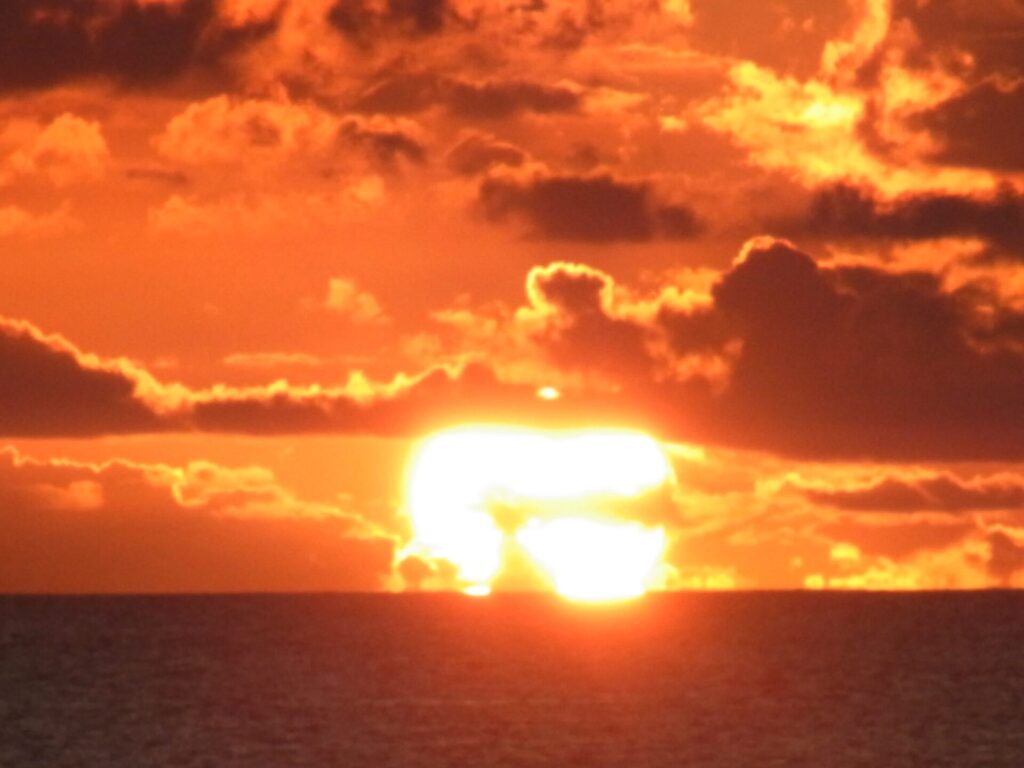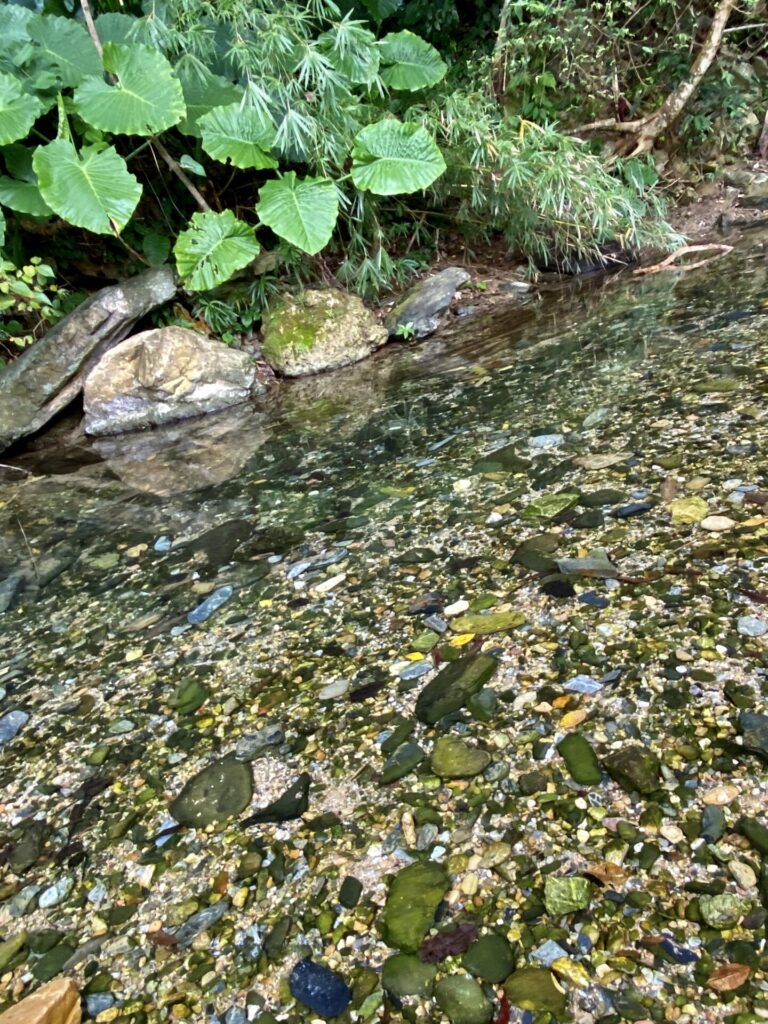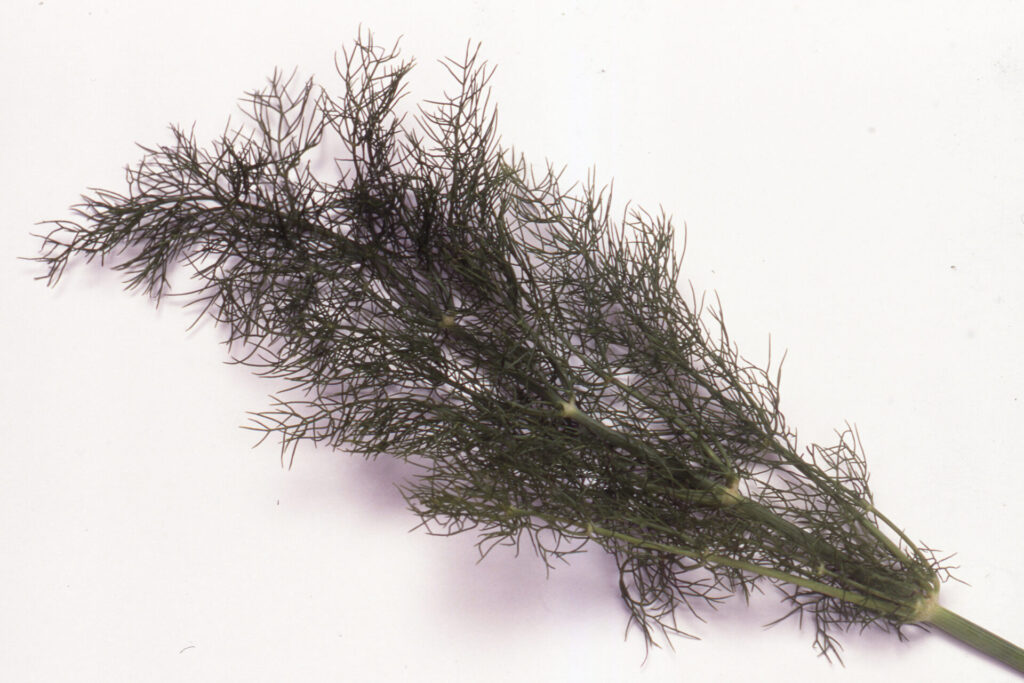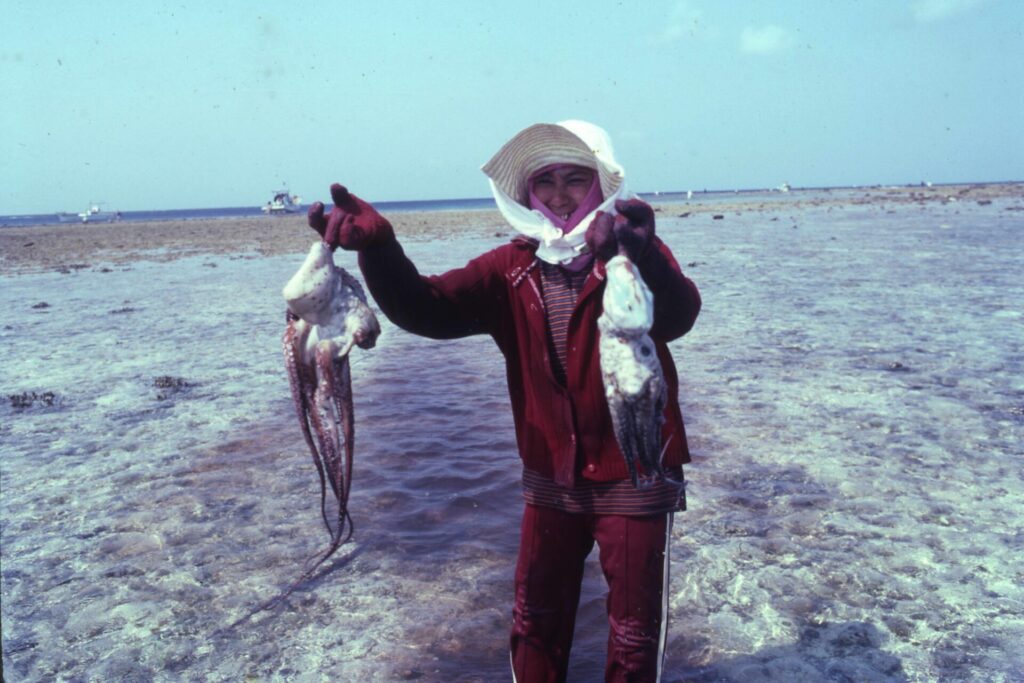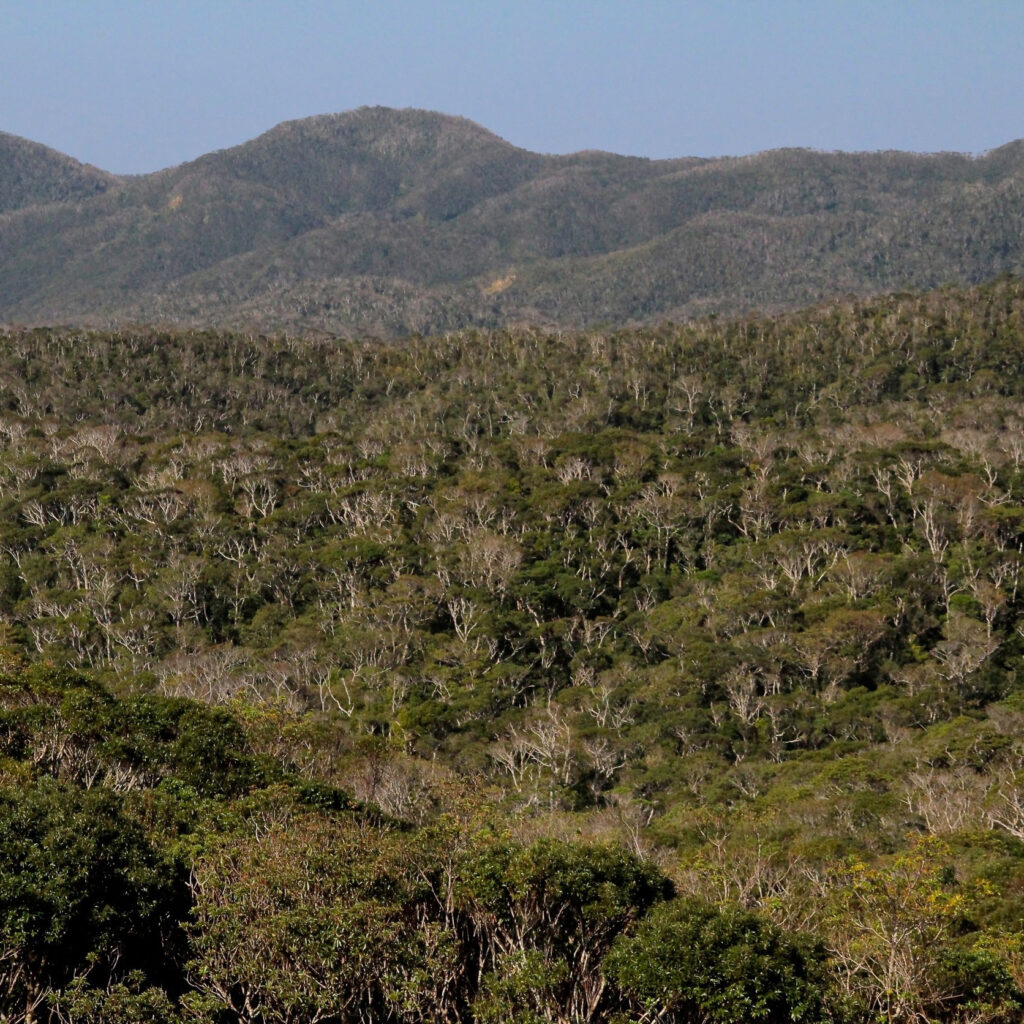Category: Nature
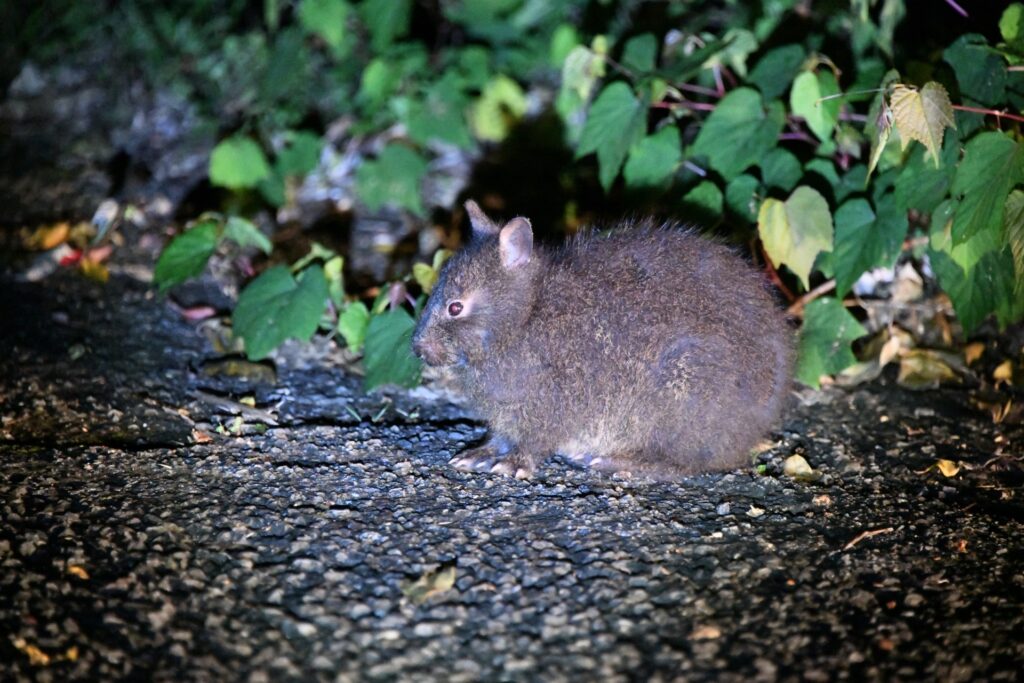
Amami Rabbit
February 23rd 1995, Amami rabbits, Amami jay, and others—both special … Continued
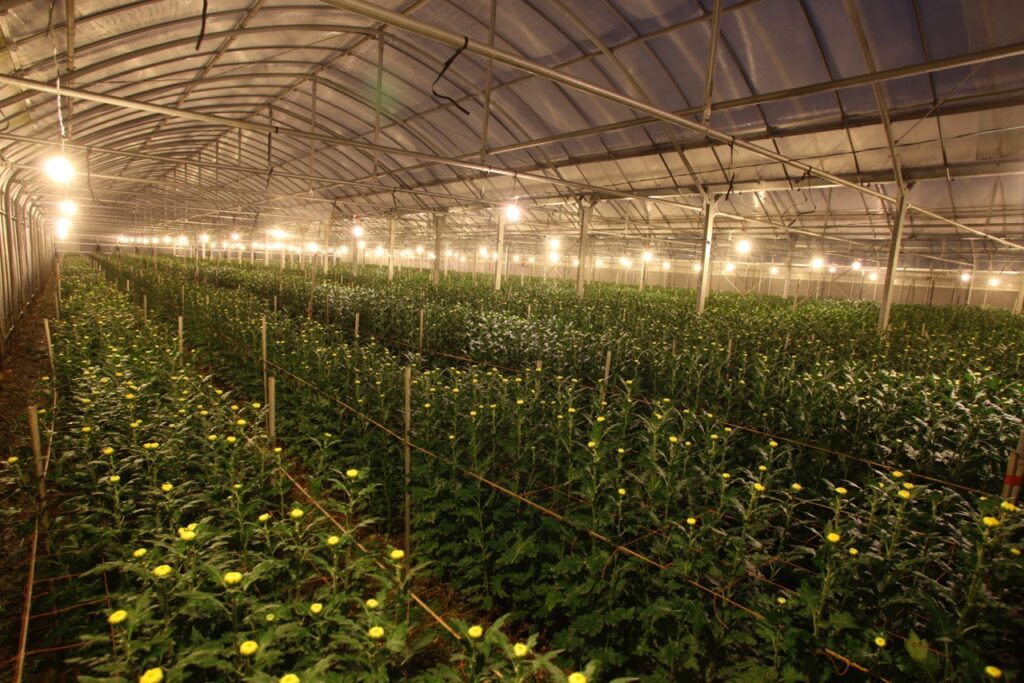
Artificially-Lighted Chrysanthemum
As you drive down Yanbaru or the southern part of … Continued
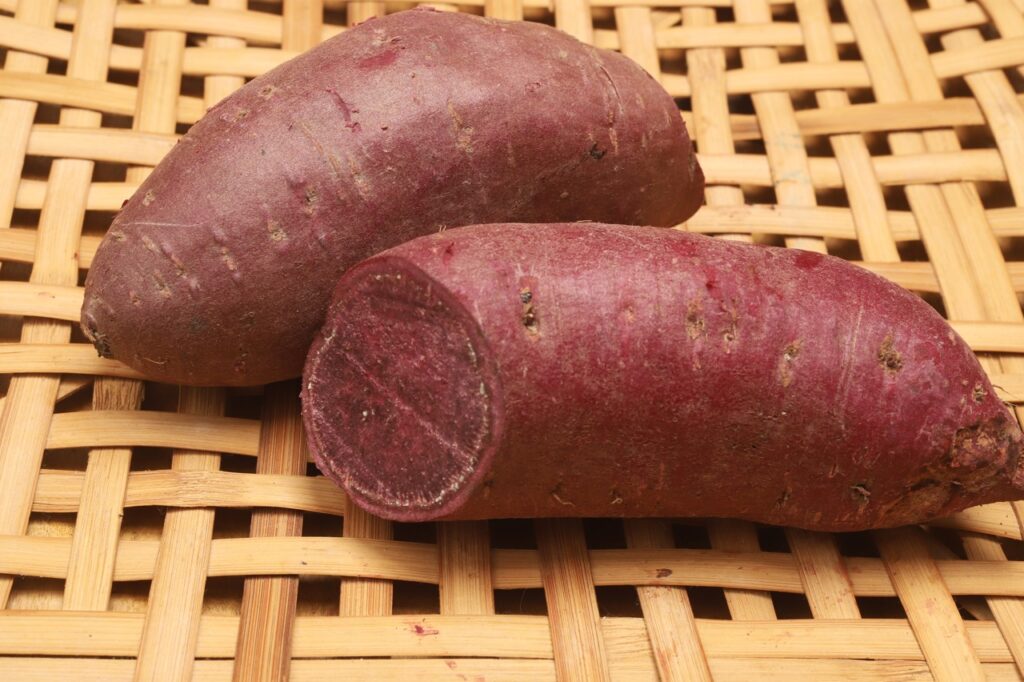
Beniimo (Purple yam)
Beniimo is a type of sweet potato that is popular … Continued
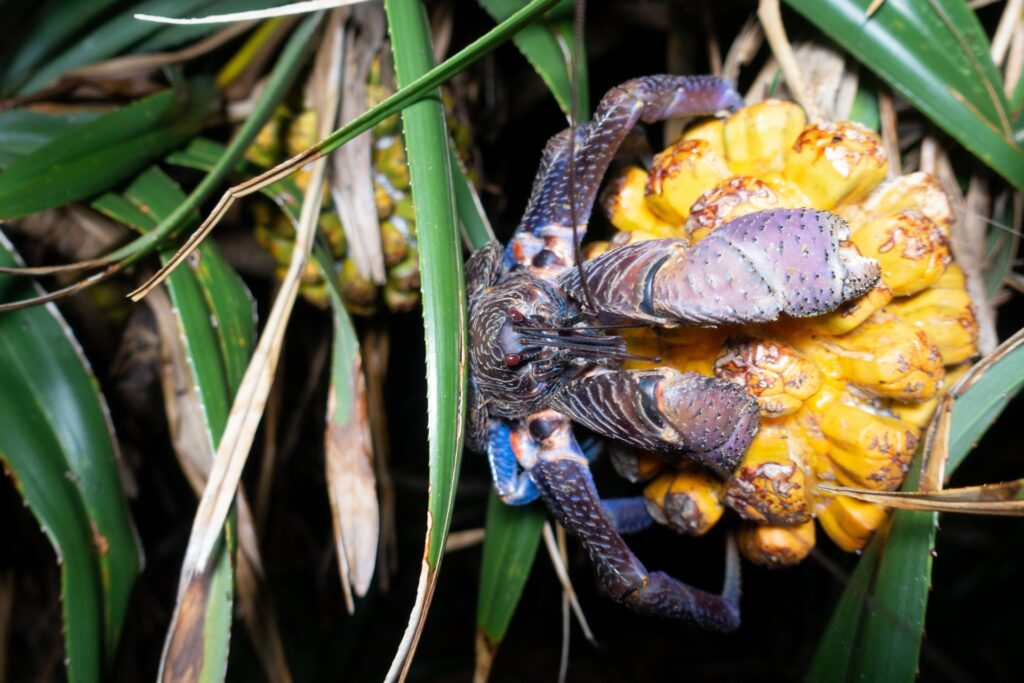
Coconut Crab (Yashigani)
Miyako Island was the first place I saw a coconut … Continued
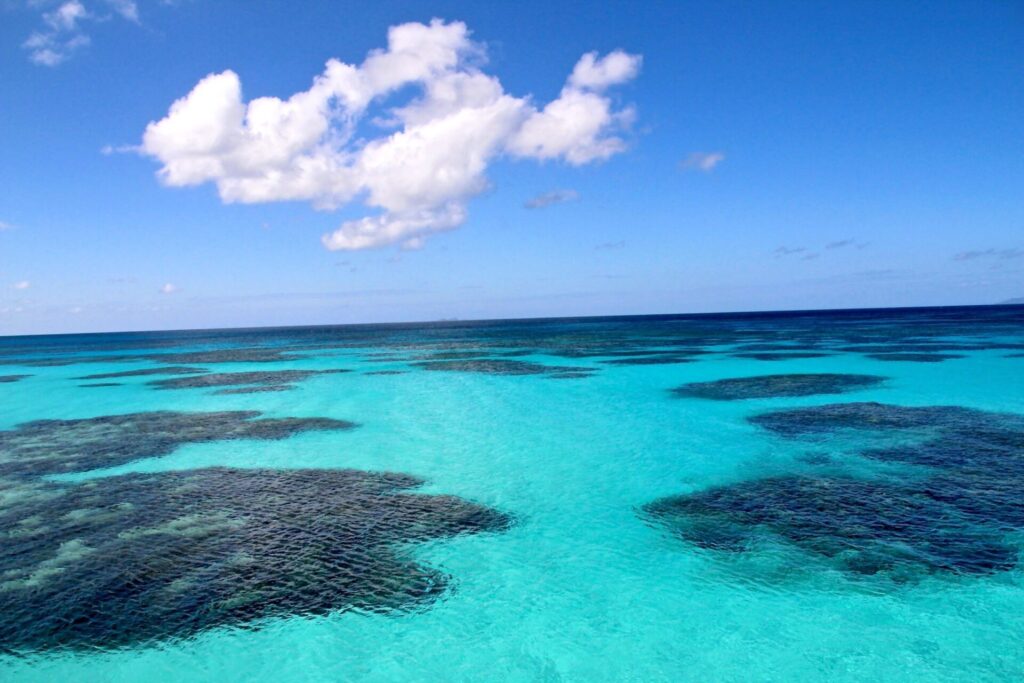
Coral Reef
Rachel Carson classified the seashore into three types: (1) a … Continued
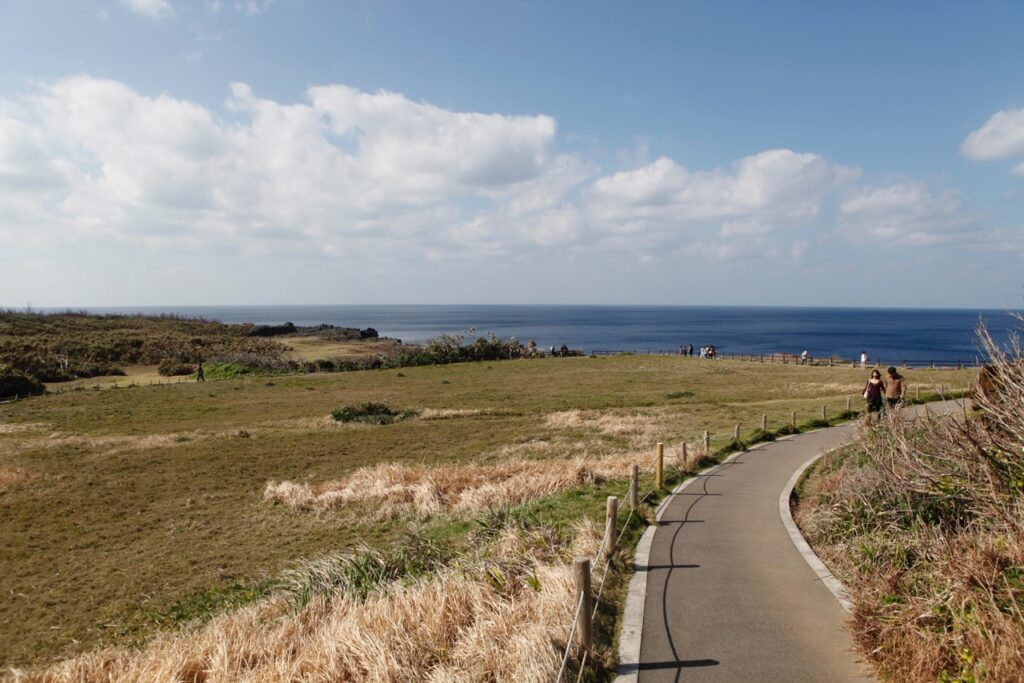
Field Party (Mō-ashibi)
Mō (毛) means “wild field” in the Okinawan language. It … Continued
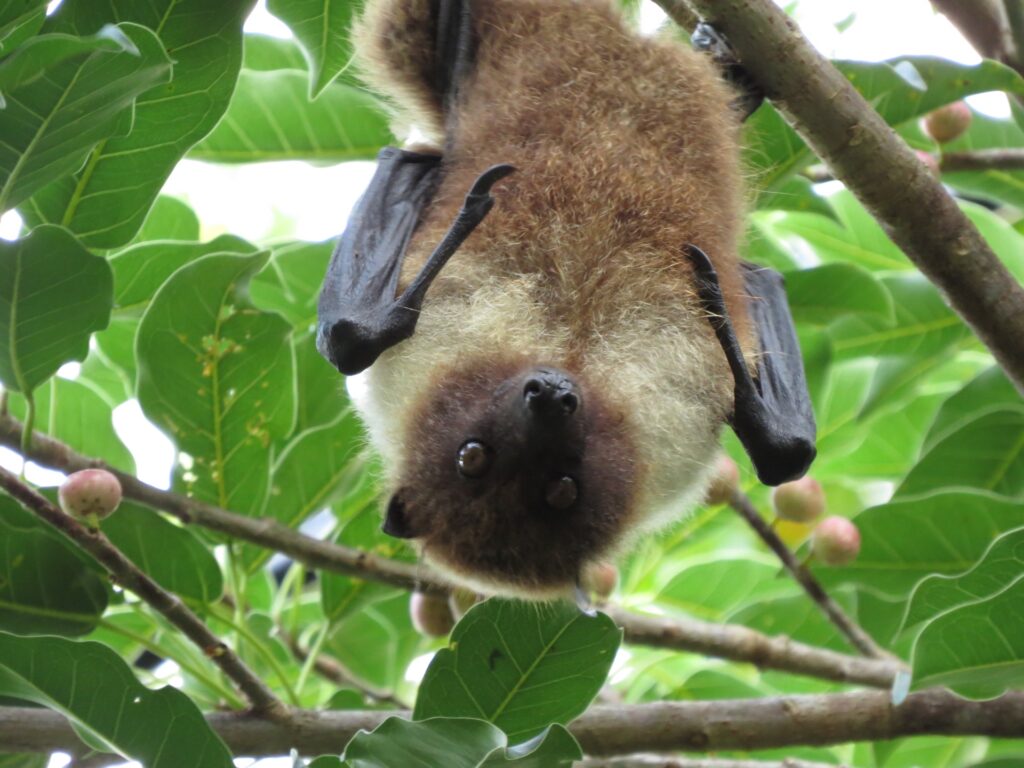
Flying foxes
I first learned of flying foxes when I was asked … Continued
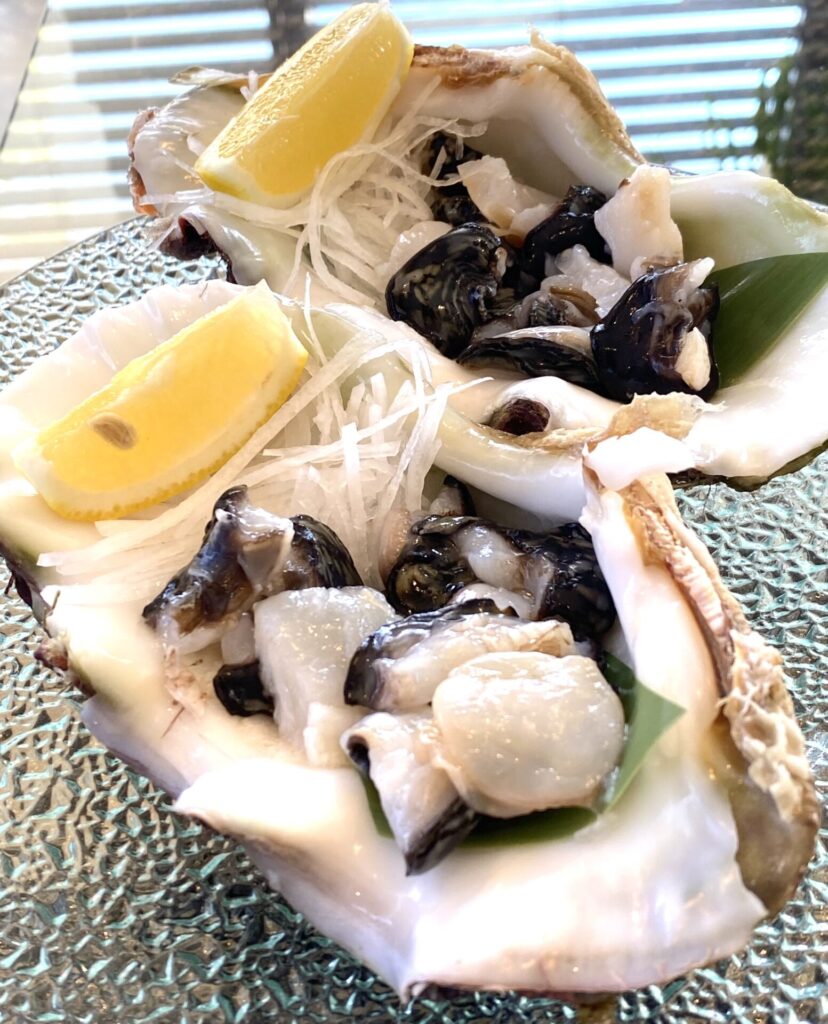
Giant Clams
The first time anyone sees any member of the giant … Continued
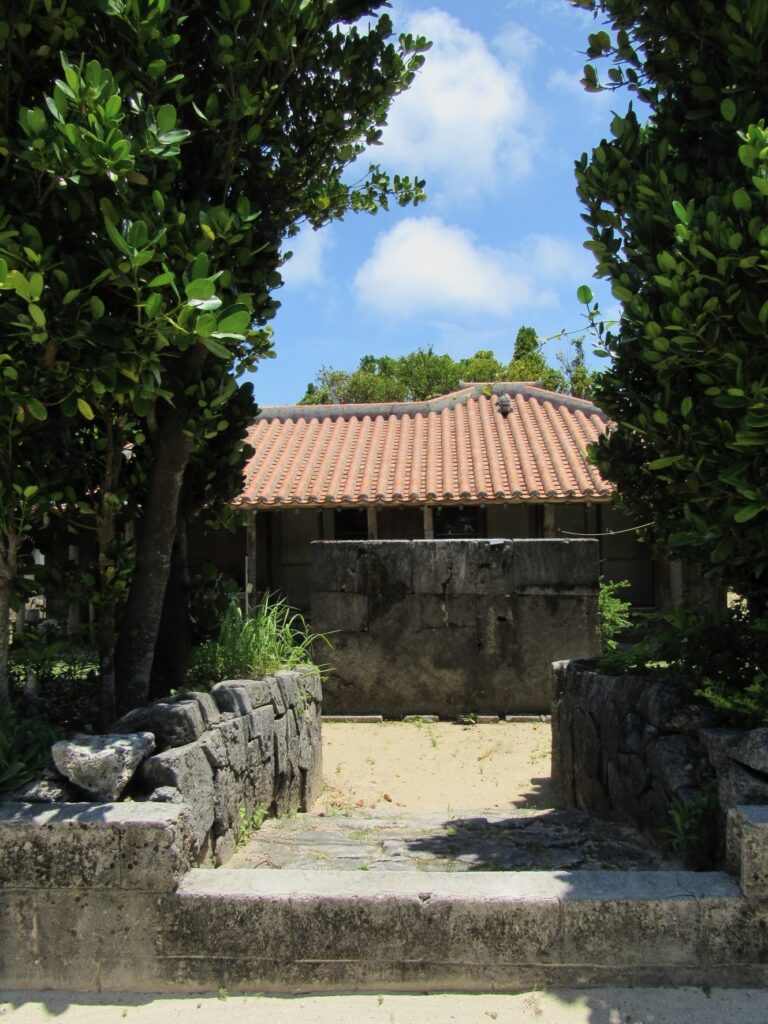
Happiness Tree
When the wind blows, the leaves of the happiness tree … Continued
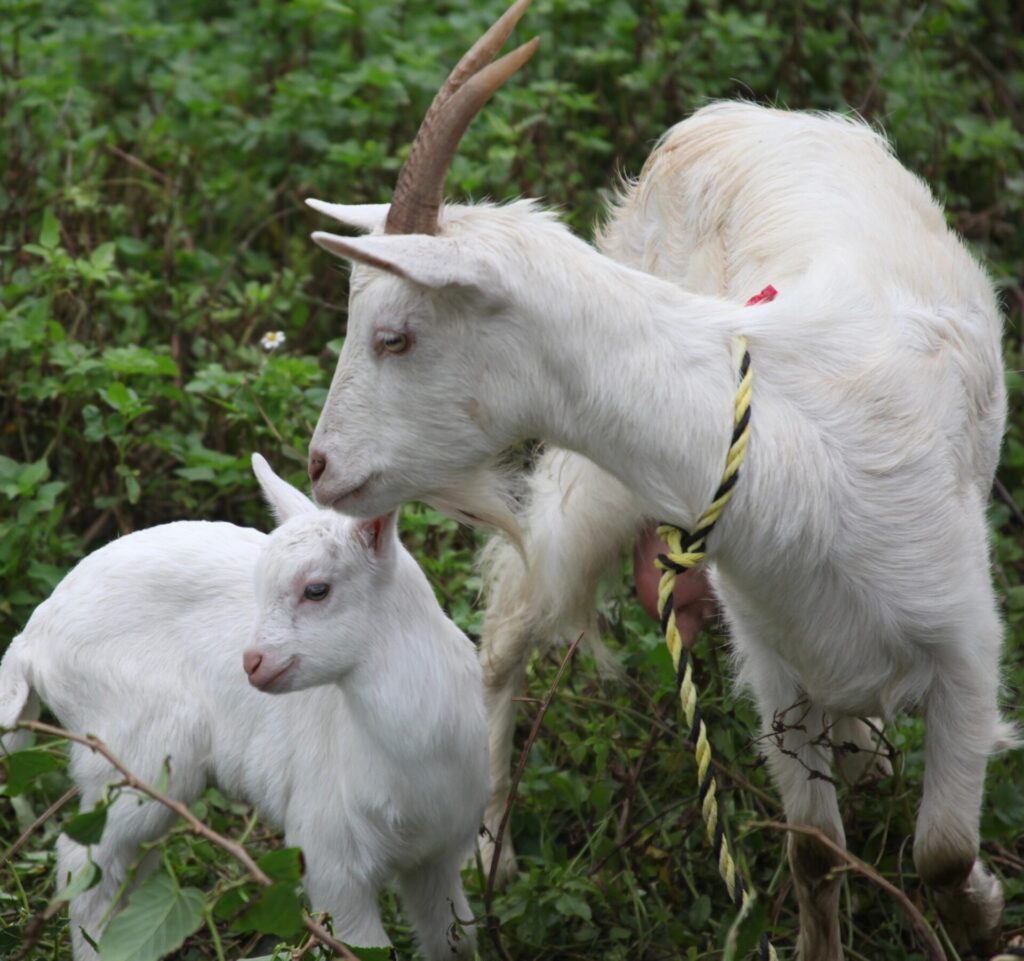
Hījā (Goat)
Exhausted after the sports day, a bowl of hījā (goat) … Continued
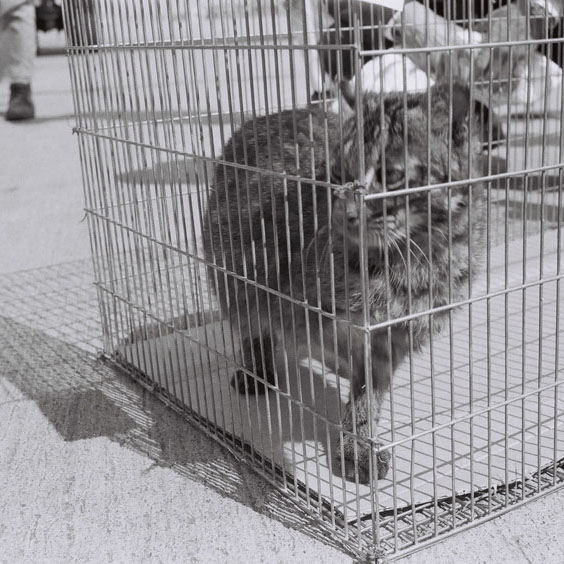
Iriomote Yamaneko
The Iriomote yamaneko is a small wild cat found only … Continued
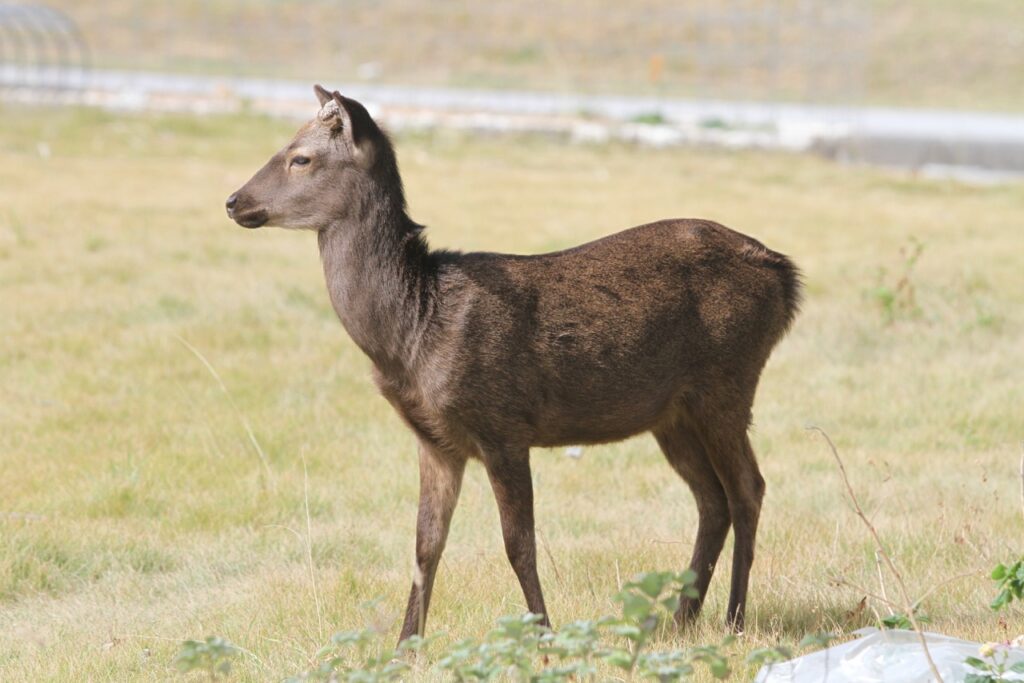
Kerama Deer
My father's home island is a small island called Geruma. … Continued
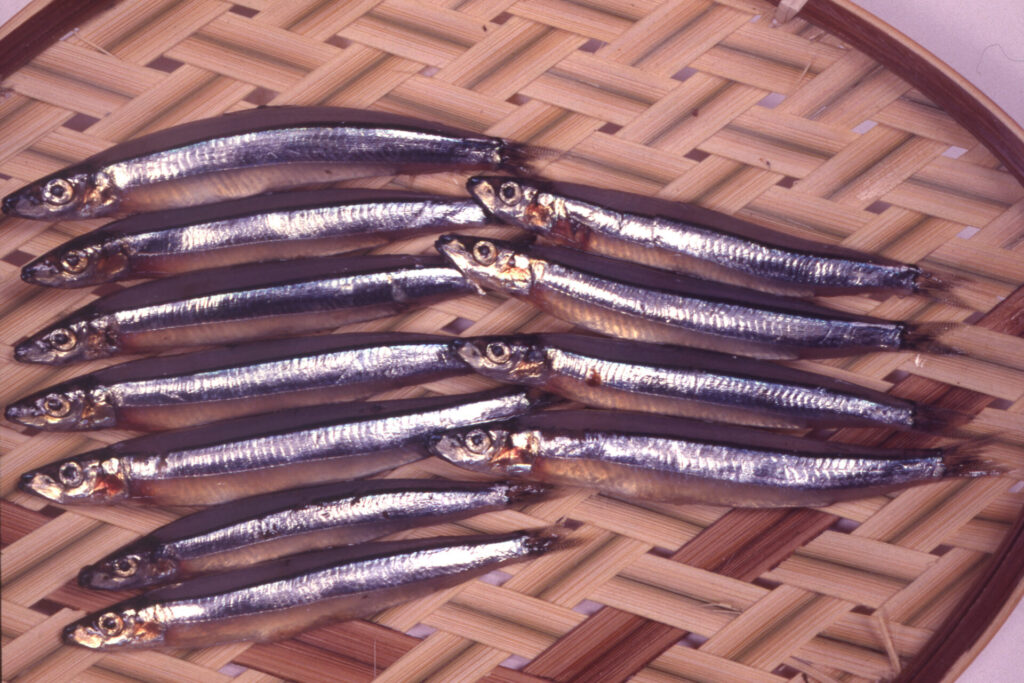
Kibinago (Silver-stripe Round Herring)
Kibinago, the silver-stripe round herring, is called sururu in Okinawa. … Continued
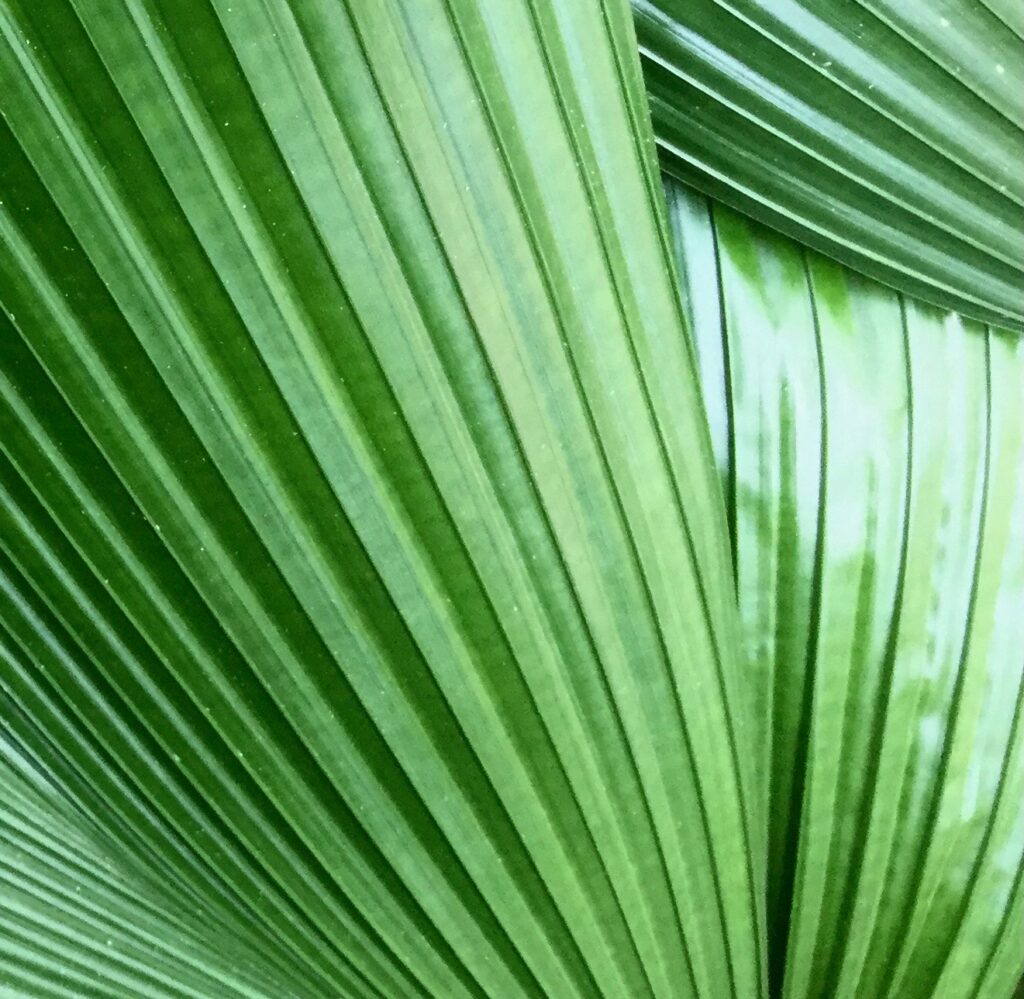
Kuba (Chinese Fan Tree)
It has become harder in city areas like Naha, but … Continued
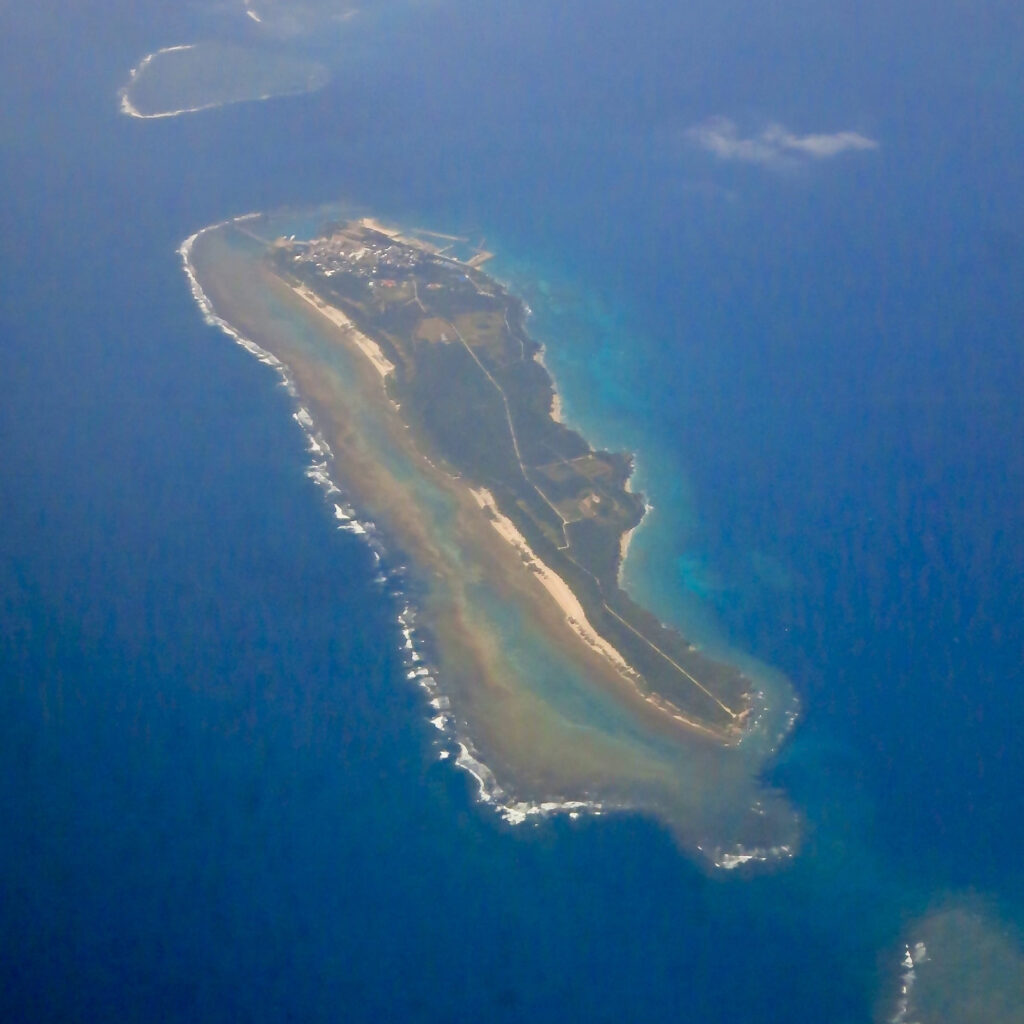
Kudaka Island
An island situated 6 km to the east of the … Continued
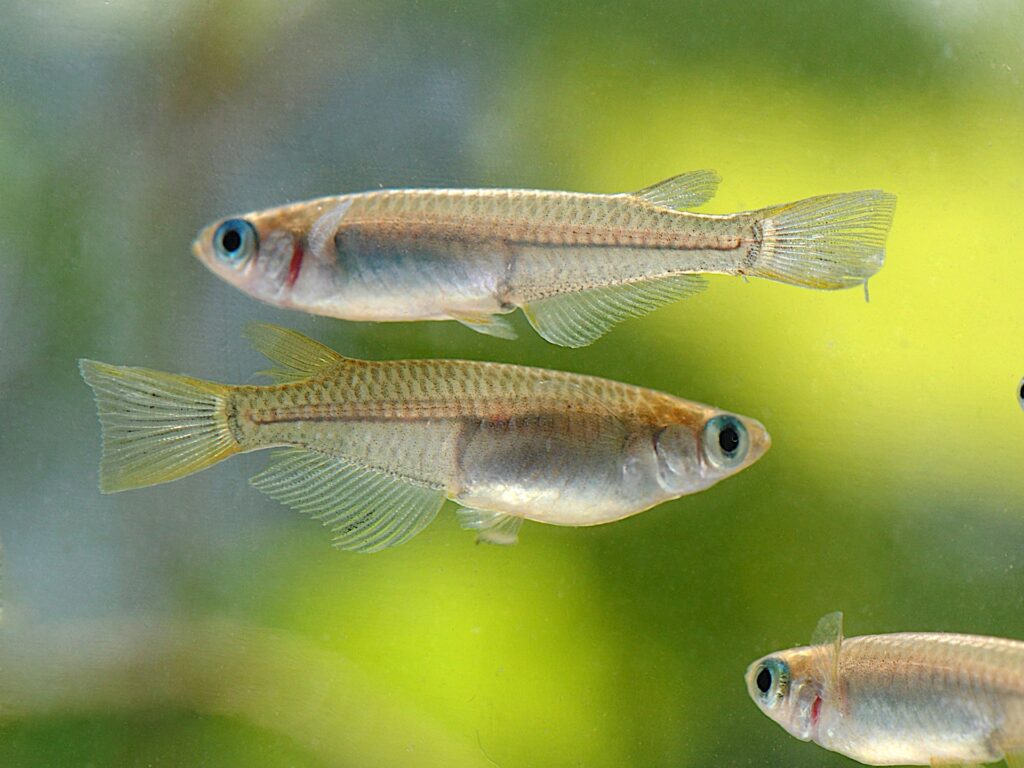
Medaka (Rice Fish)
As its English name indicates, medaka (rice fish) is a … Continued
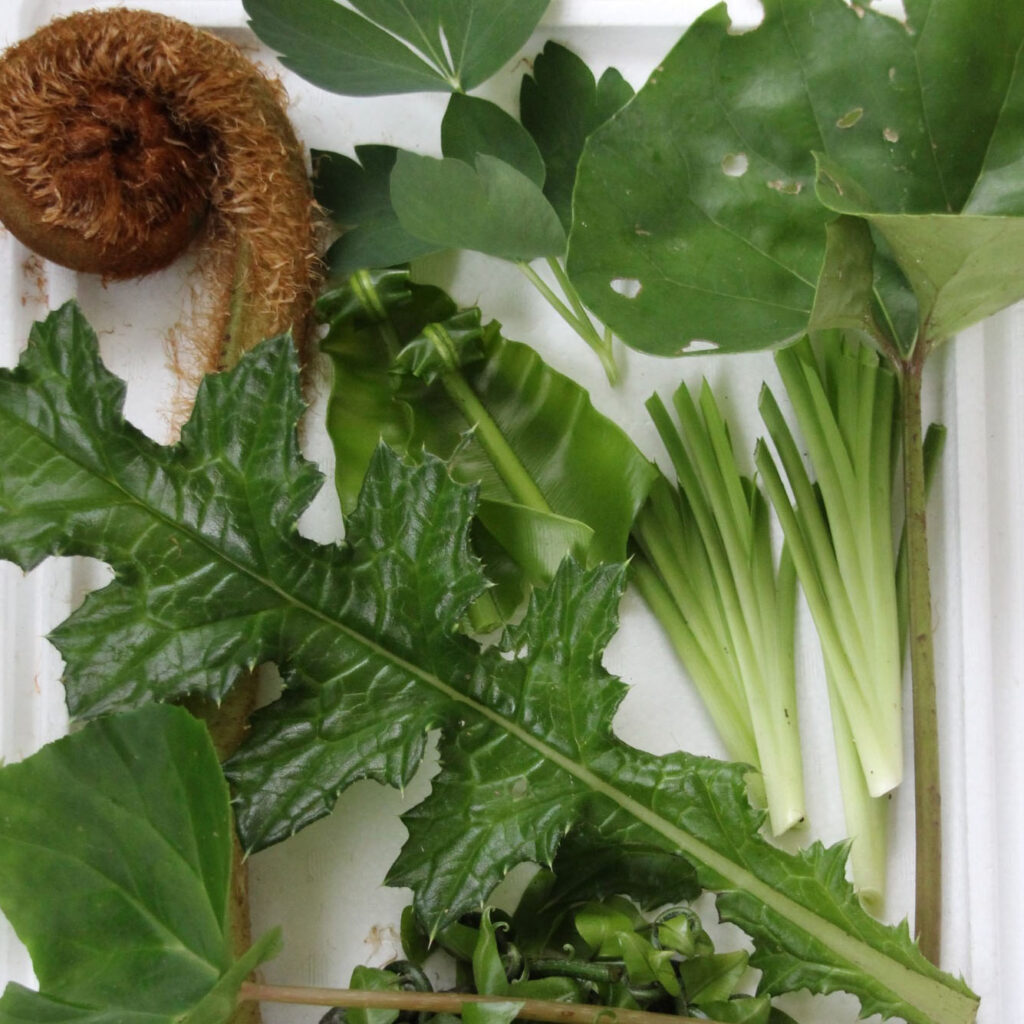
Medicinal Herbs
On a corner along the building of the Public Market … Continued
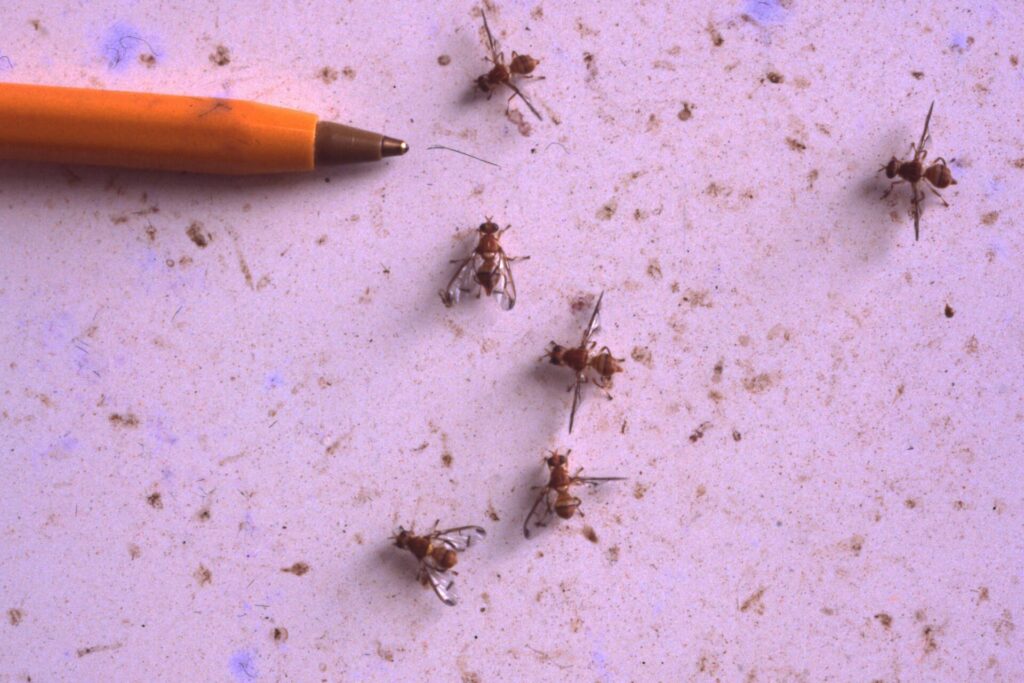
Mibae (Fruit Flies)
“Do you know mibae (fruit flies)?” If you ask the … Continued
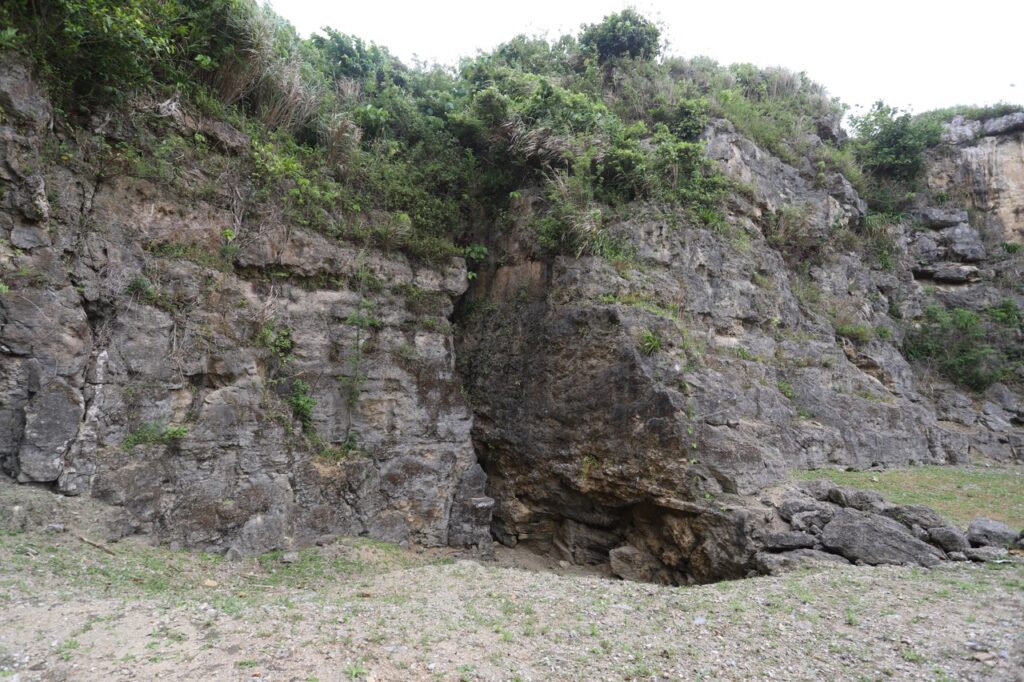
Minatogawa Man
Homo sapiens of about 18,000 years ago. The first fossiled … Continued
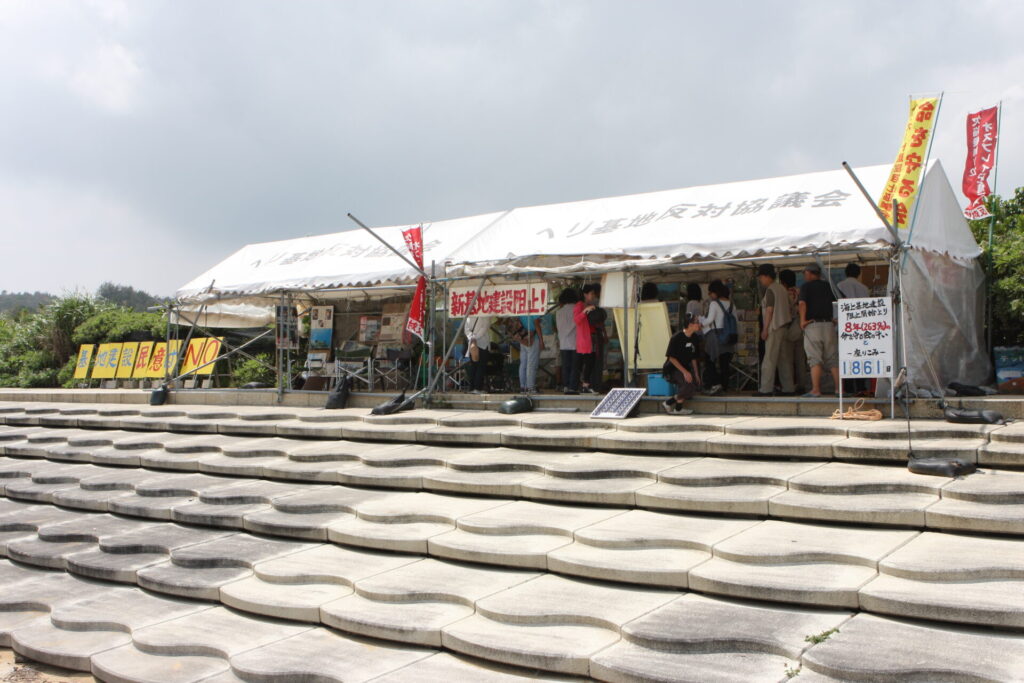
Okinawa Environmental Justice Project
The New Marine Corps Base Construction Project in Henoko arose … Continued
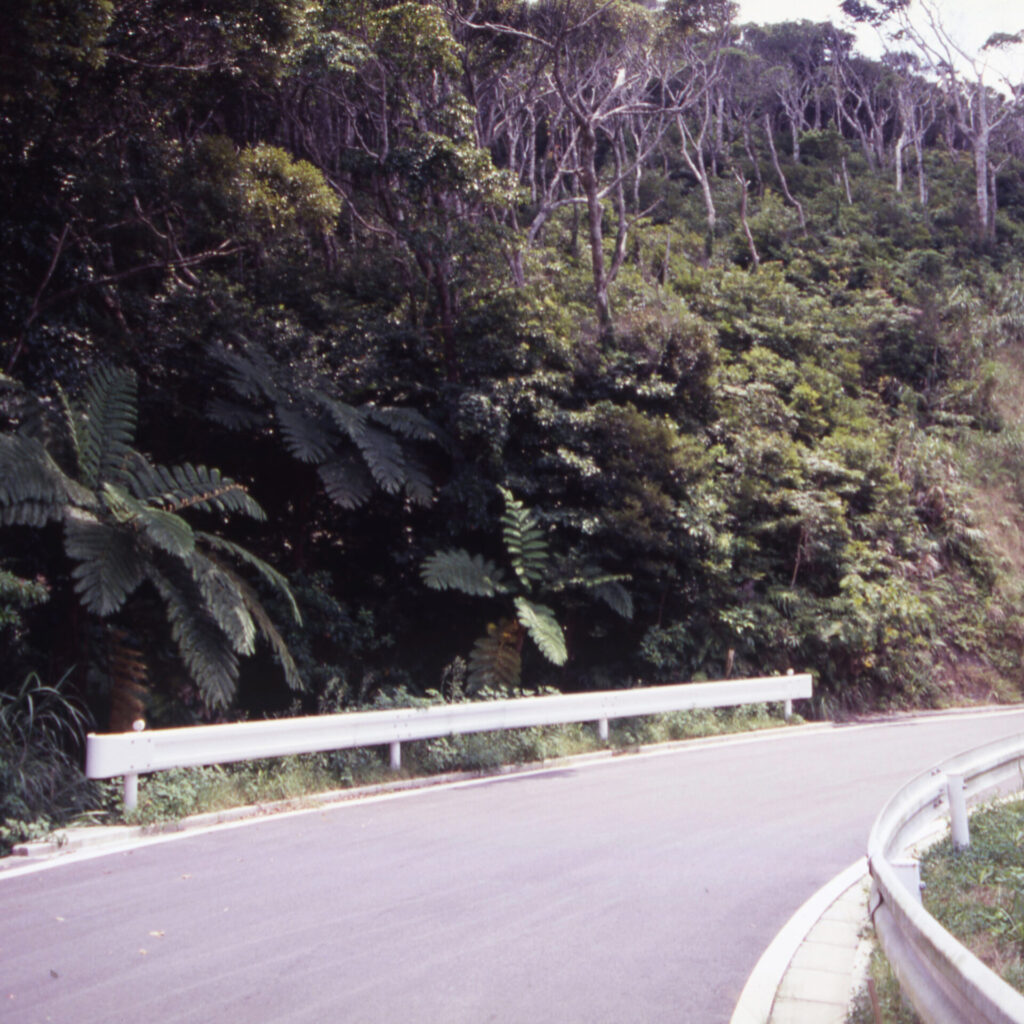
Ōkuni Rindō
A multi-purpose forestry road located in the northern part of … Continued
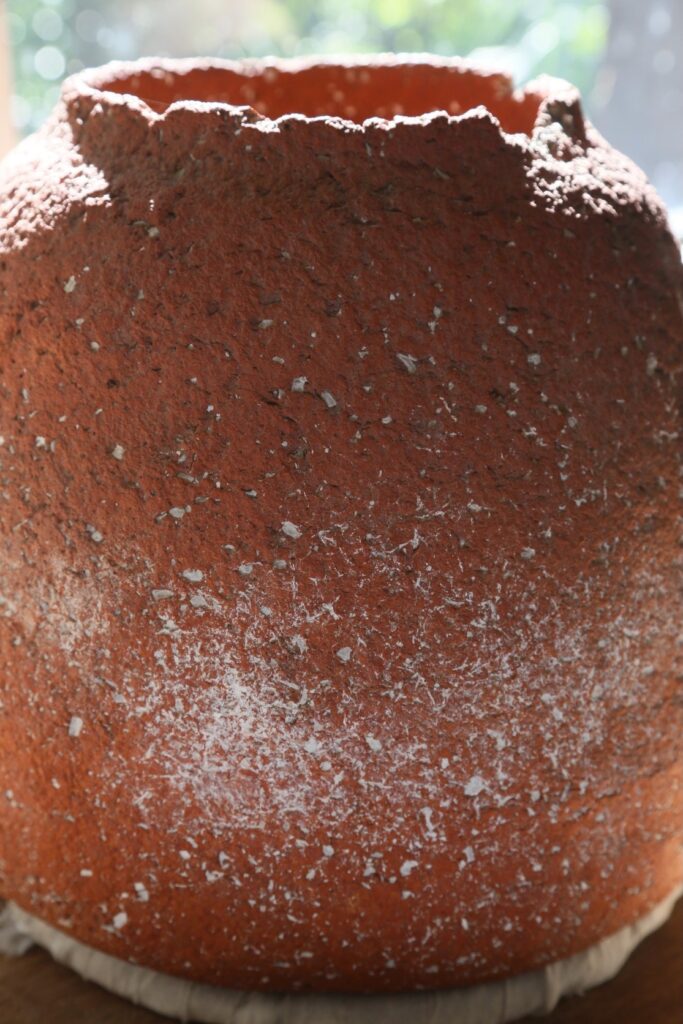
Panari Earthenware
Okinawan wares can be roughly divided into two, Jō-yachi and … Continued
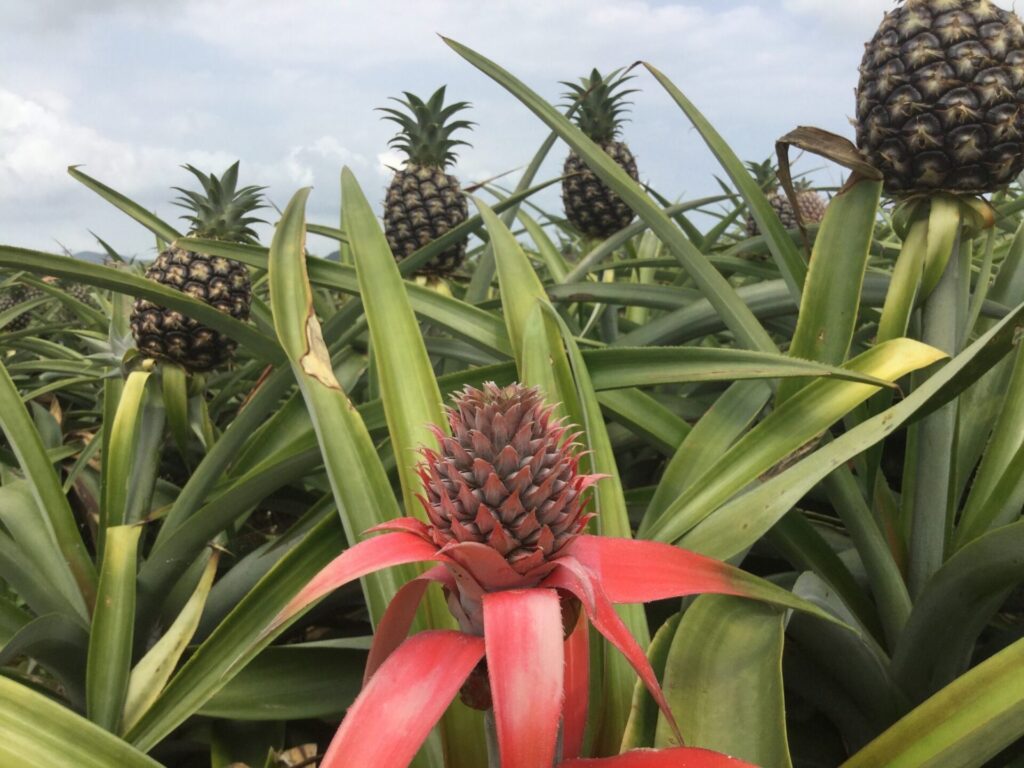
Pineapples
Every year when the old date for the Bon Festival … Continued
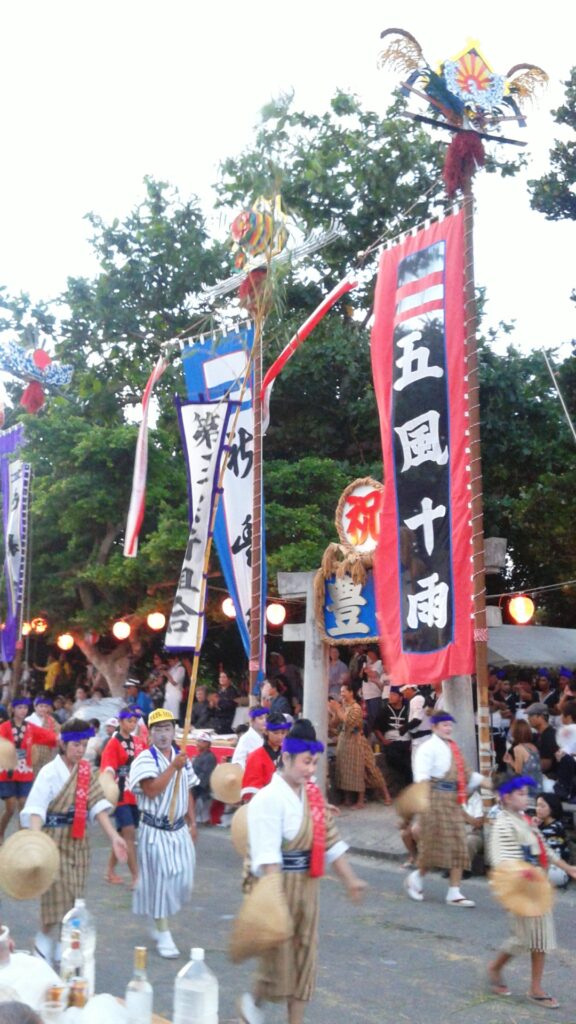
Praying for Rain
In Okinawa, typhoon and drought are two natural phenomena that … Continued
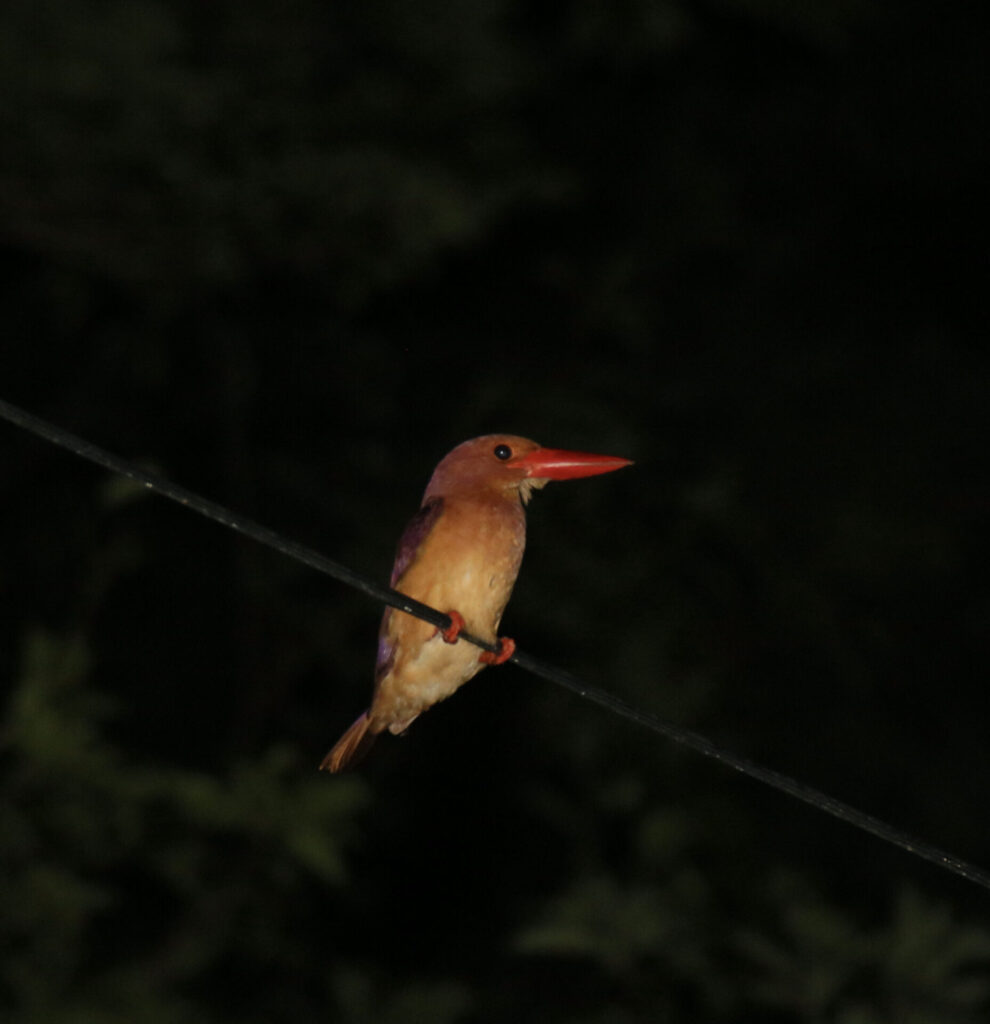
The Ruddy Kingfisher
In Kijoka—known as the village of bashōfu fabric—in Ogimi there … Continued
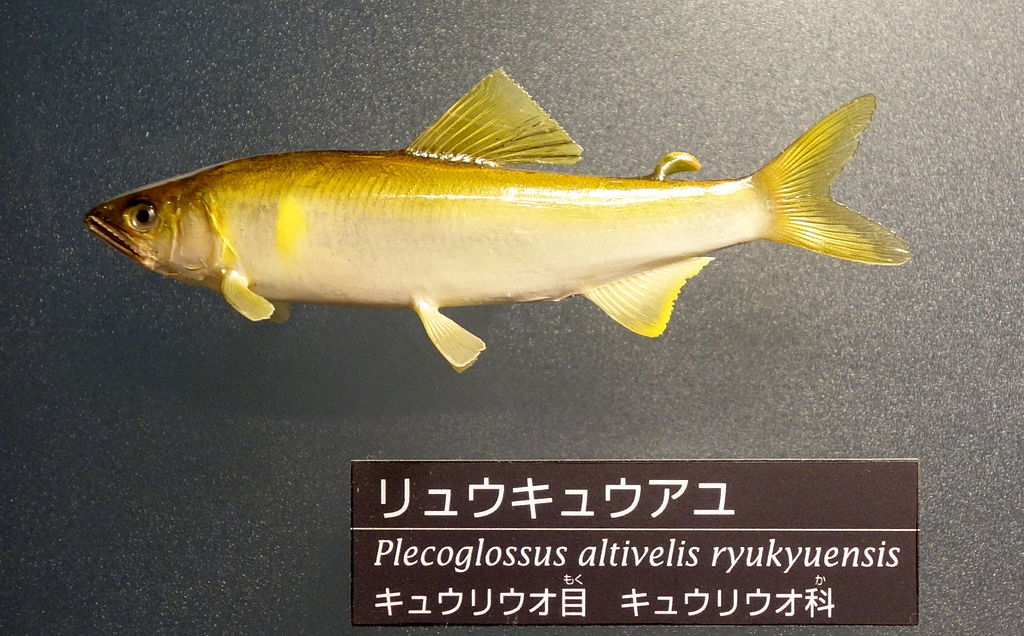
Ryukyu Ayu-fish
A while back, ayu-fish different from those of mainland Japan … Continued
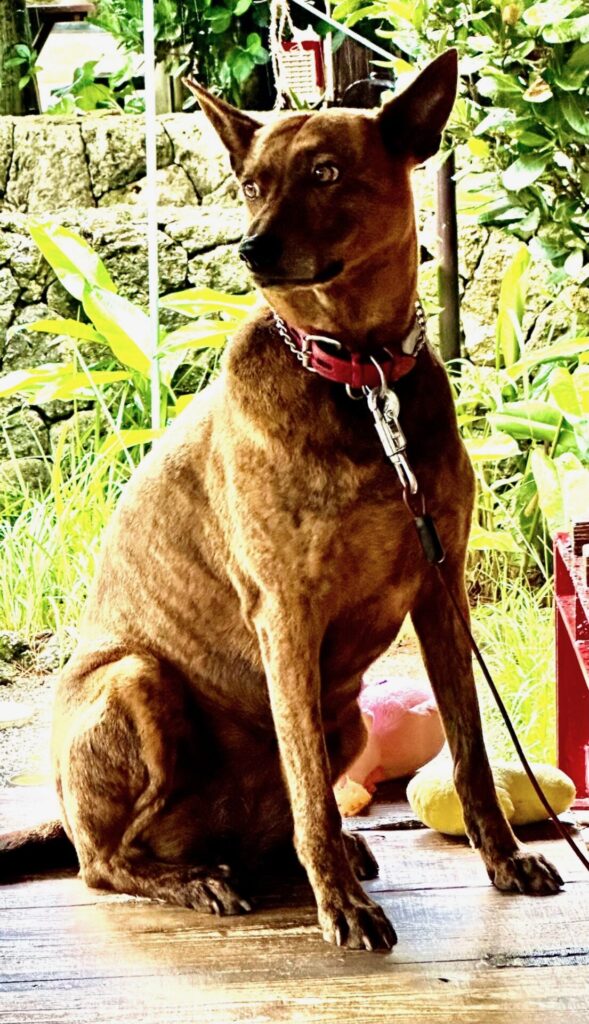
The Ryukyuken
Just as there are uchinānchu humans—in other words, Okinawans—there are … Continued
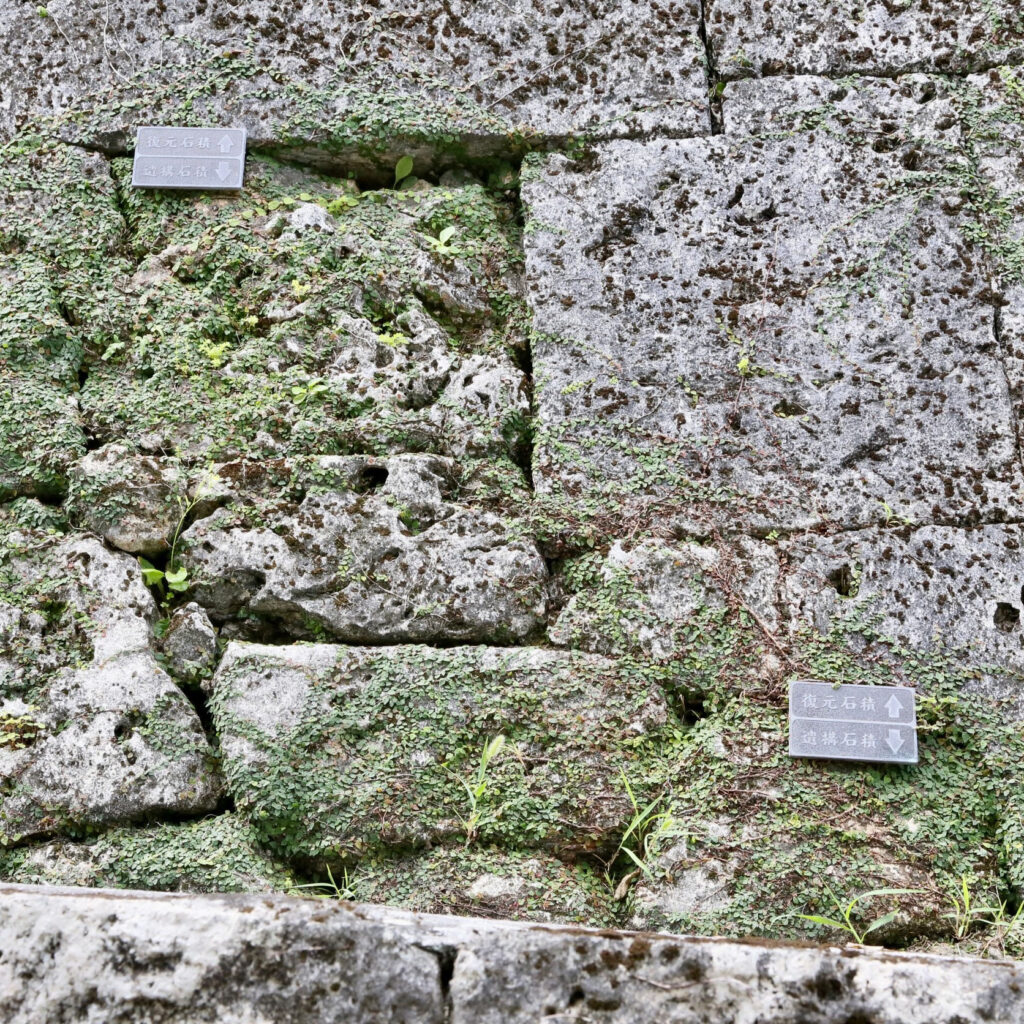
Ryukyu Limestone
Rock created by the coral reefs that rose from the … Continued
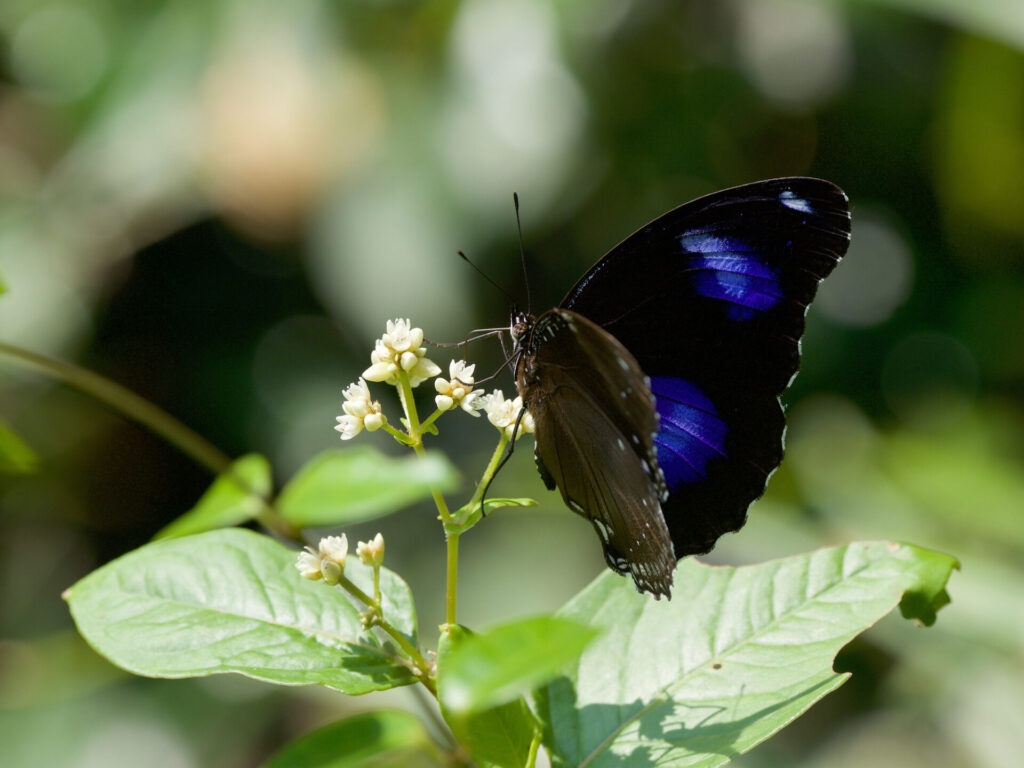
Ryukyu Murasaki
Countless varieties of butterflies can be found on Okinawa Island … Continued
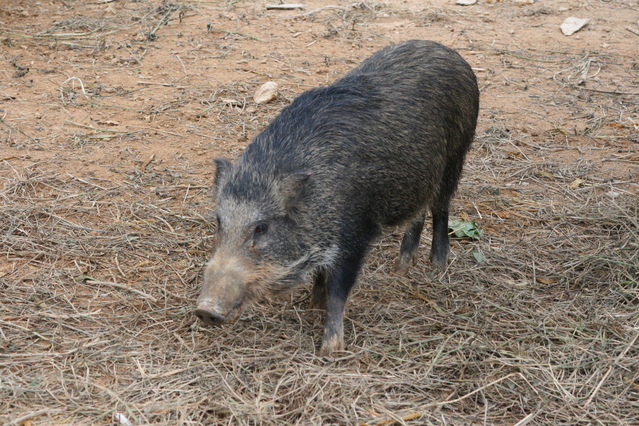
Ryukyu Wild Boar
An outstanding beast among the land animals of Okinawa—Ryukyu wild … Continued
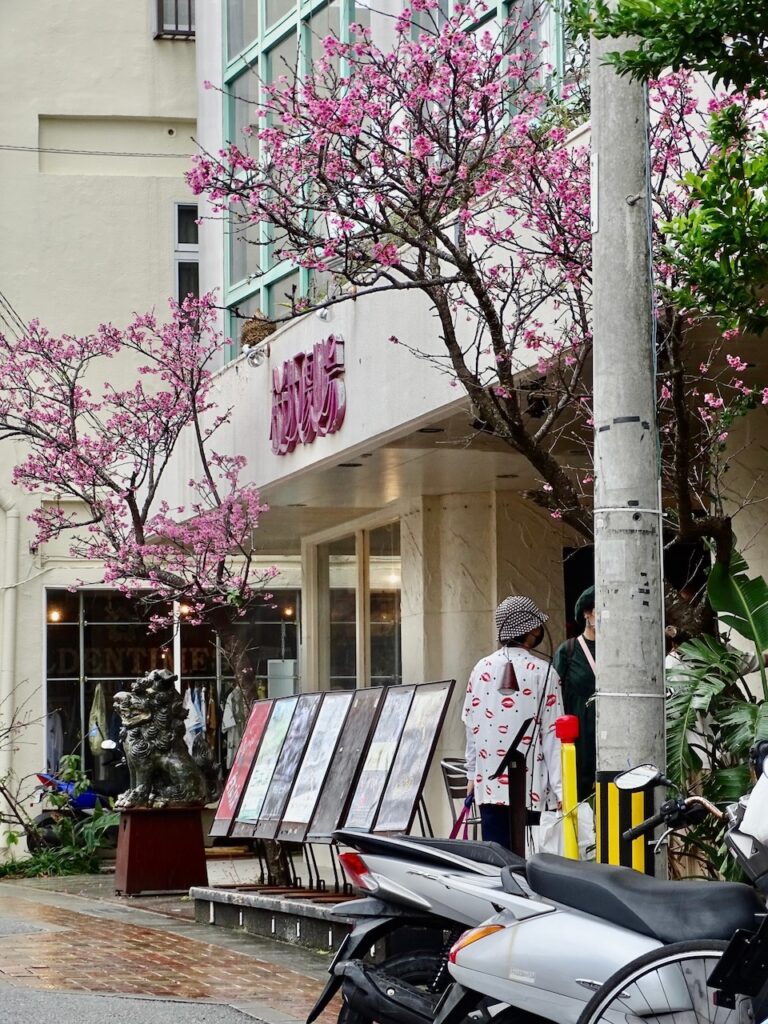
Sakurazaka
They say that long ago bandits and highwaymen began to … Continued
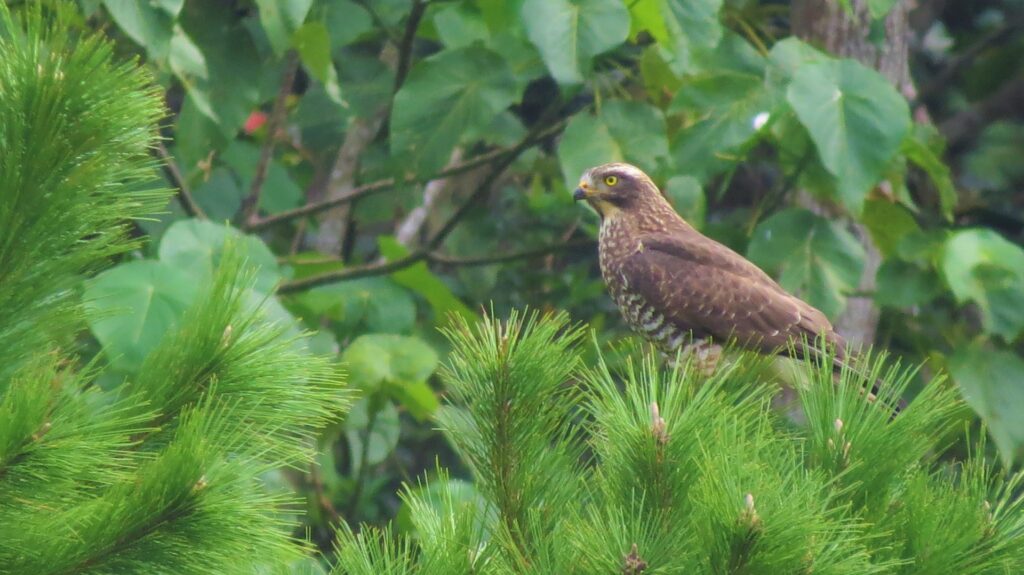
Sashiba (Grey-faced Buzzard)
I don’t know who started it; sashiba are sometimes called … Continued
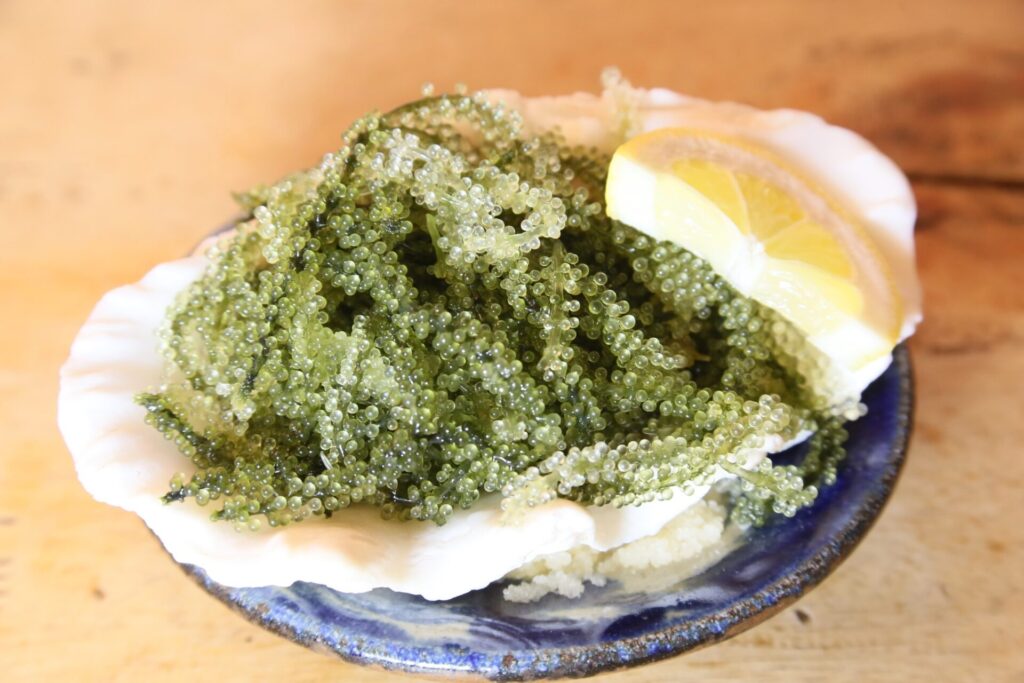
Sea Grapes (N’kyafu)
Sea grapes’ classical Japanese name is kubiredzuta. In the Miyako … Continued
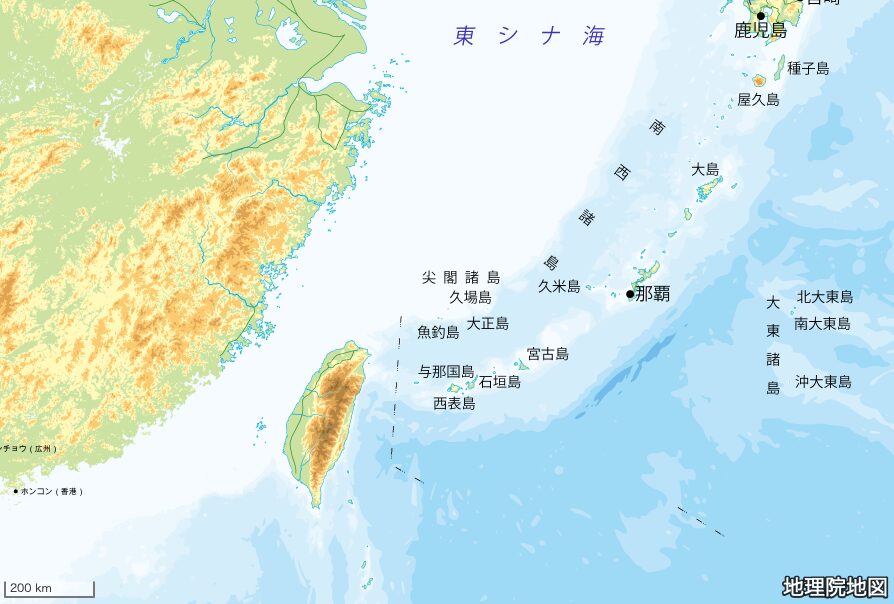
Senkaku Islands
The Senkaku Islands is a group of islands located north-northwest … Continued
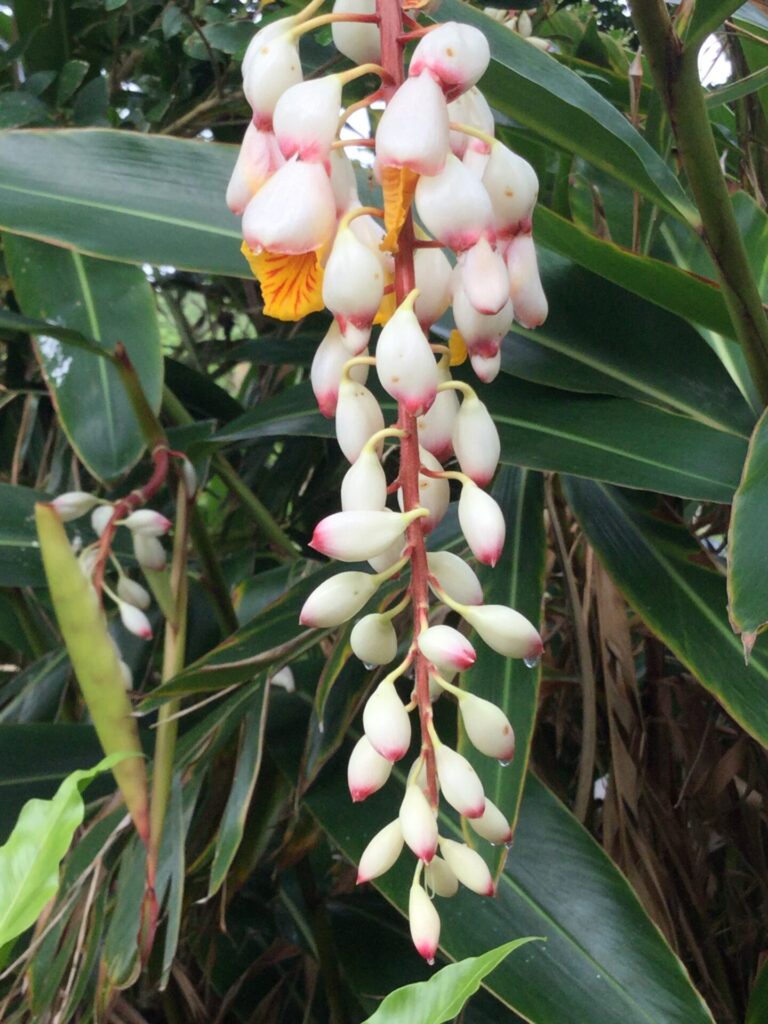
Shell Ginger
“Hello,” “Nice to meet you” and hand your business card—a … Continued
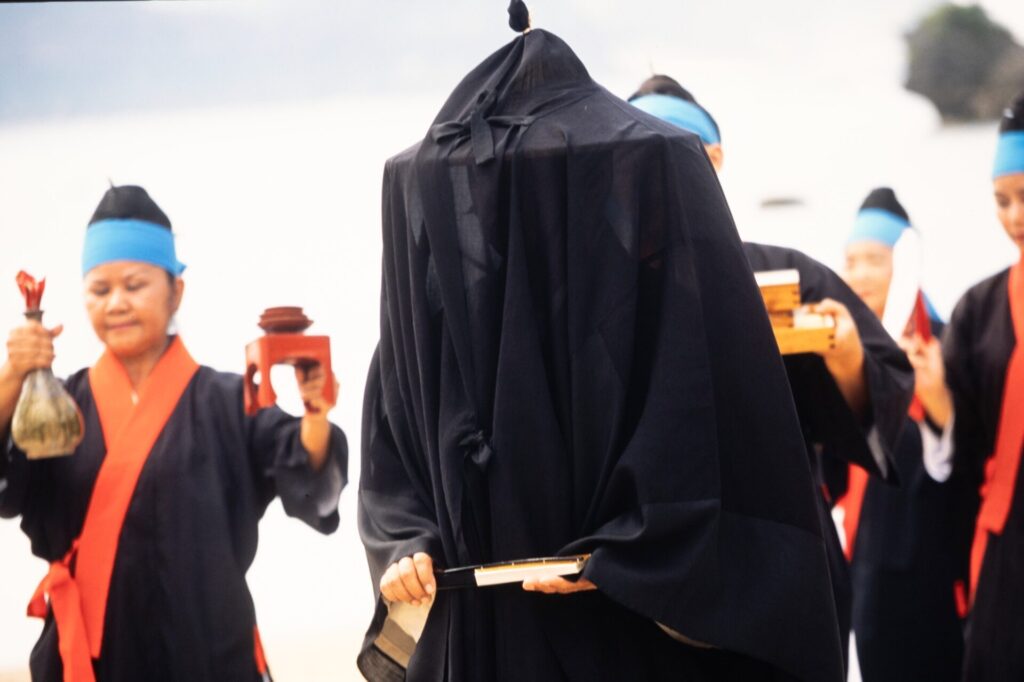
Shichi (Arrival of the new season)
On the day to celebrate the new season1 in the … Continued
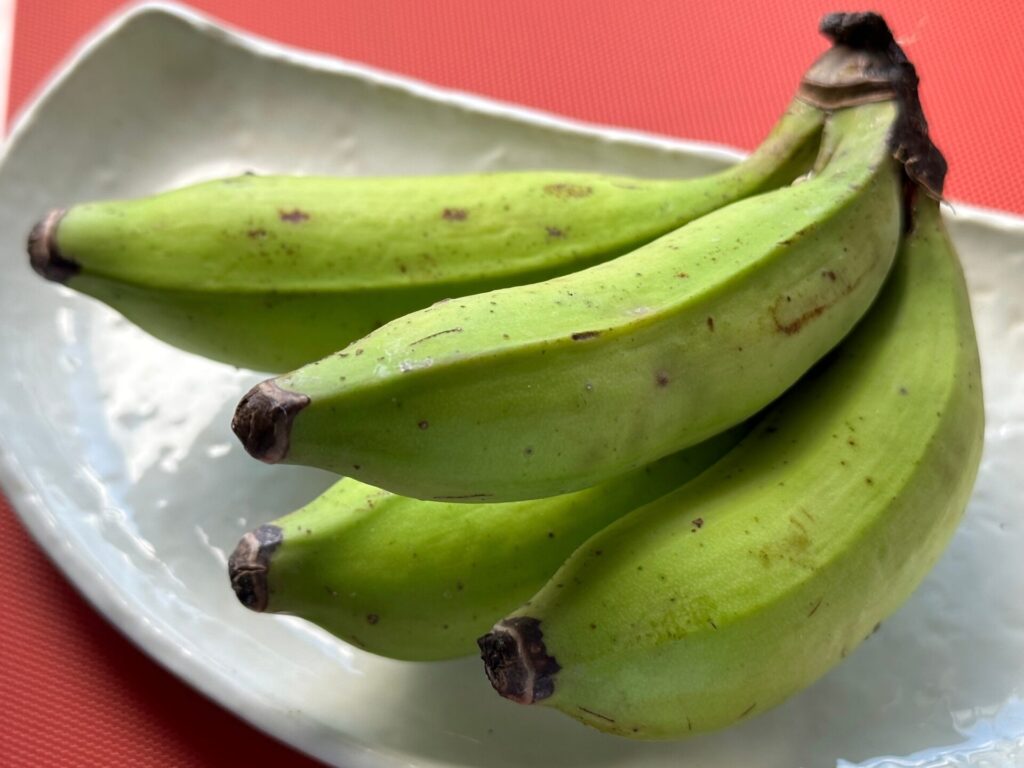
Shima Banana (Island Banana)
Everyone knows a banana. That scentless, lightly flavored, thick-skinned, fat, … Continued
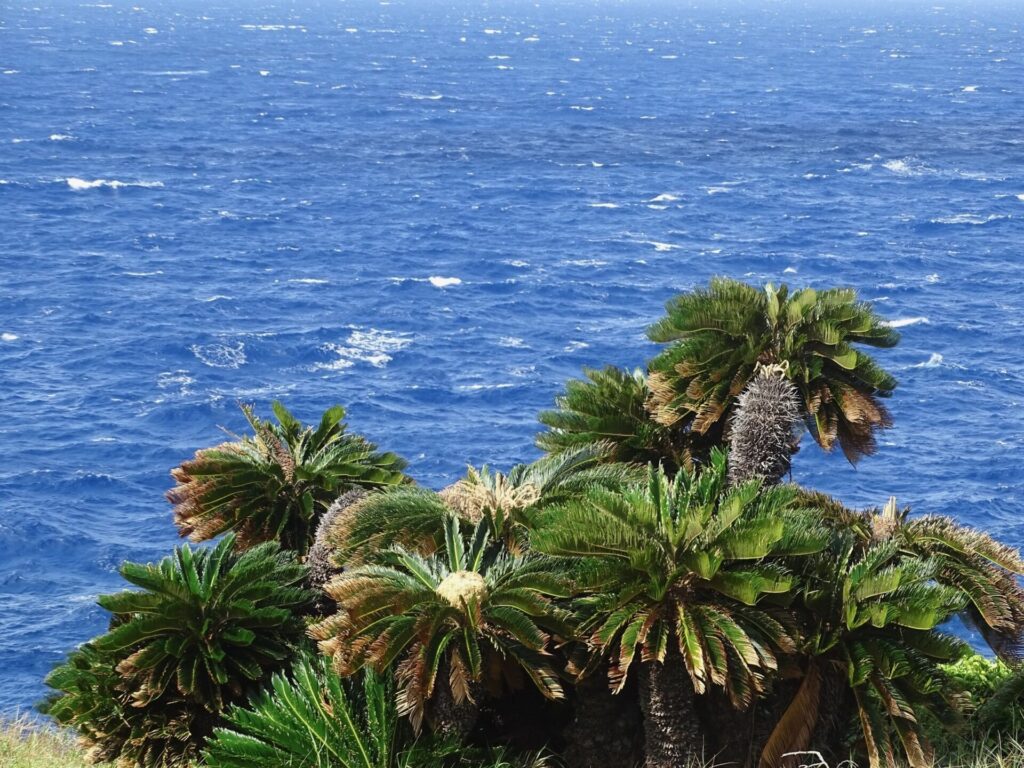
Sotetsu (Sago Palm)
Some hot springs are called “Hell of XXX”.1 A heaven-like … Continued
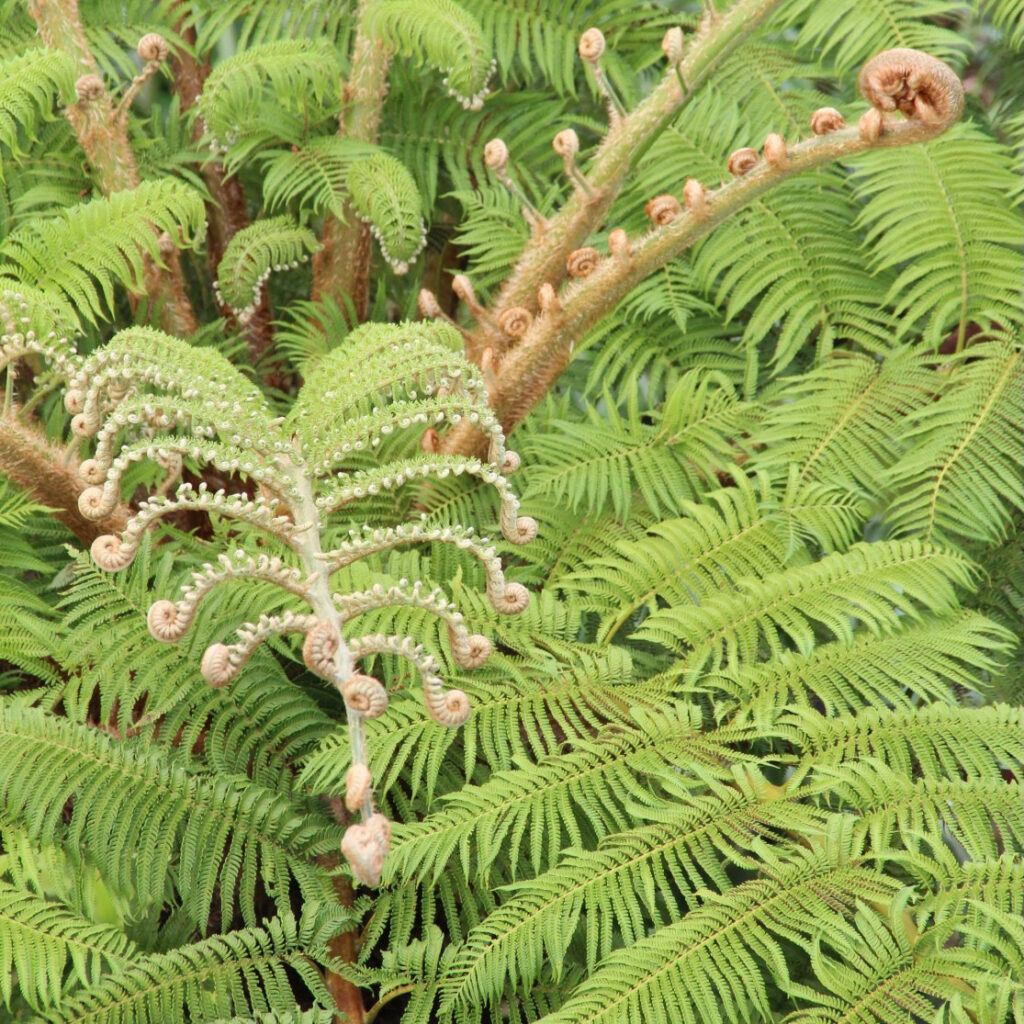
Subtropics
Generally speaking, the Ryukyu Archipelago is considered to be subtropical—anettai. … Continued
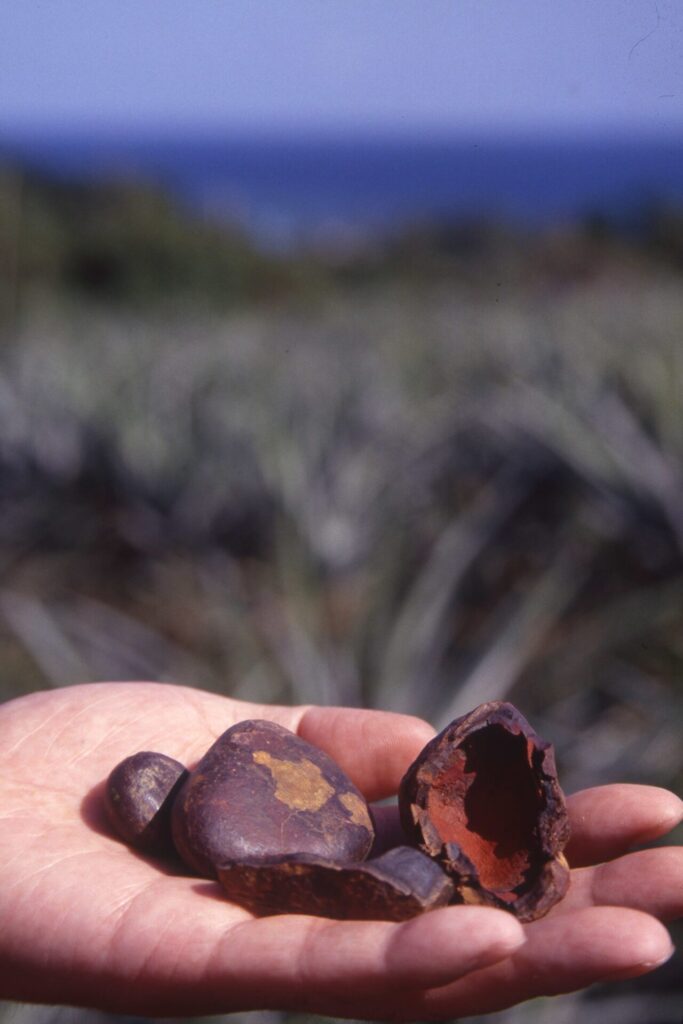
Suzu-Ishi (Ringing Stones)
A rounded stone, with a size that would fit nicely … Continued
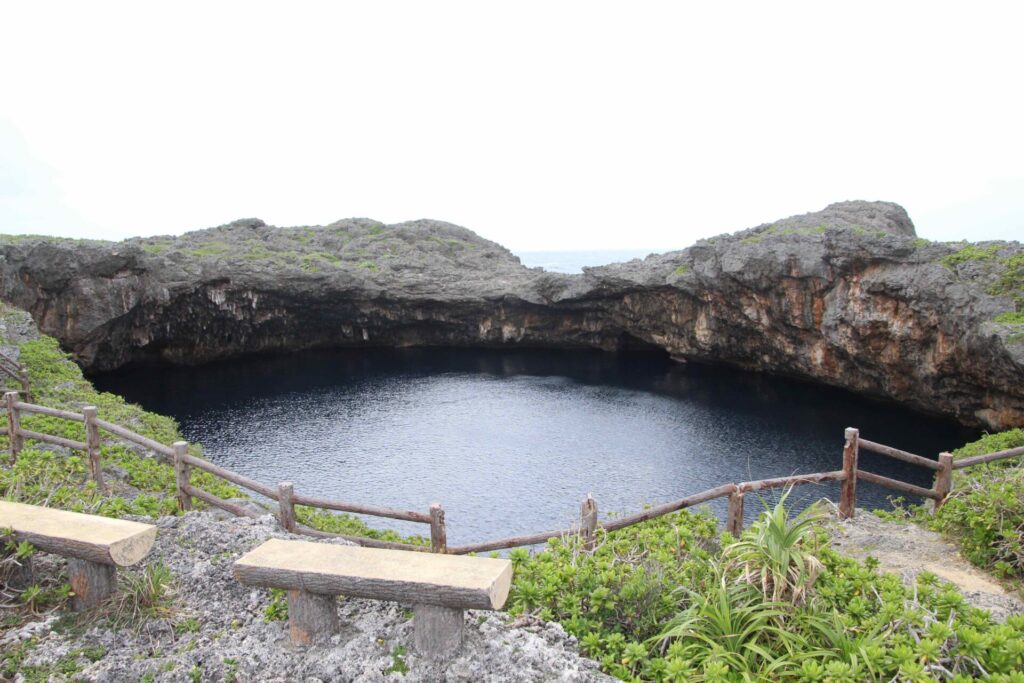
Tōri-Ike (Passage Pond)
A 40~50 minutes boat ride to the west from the … Continued
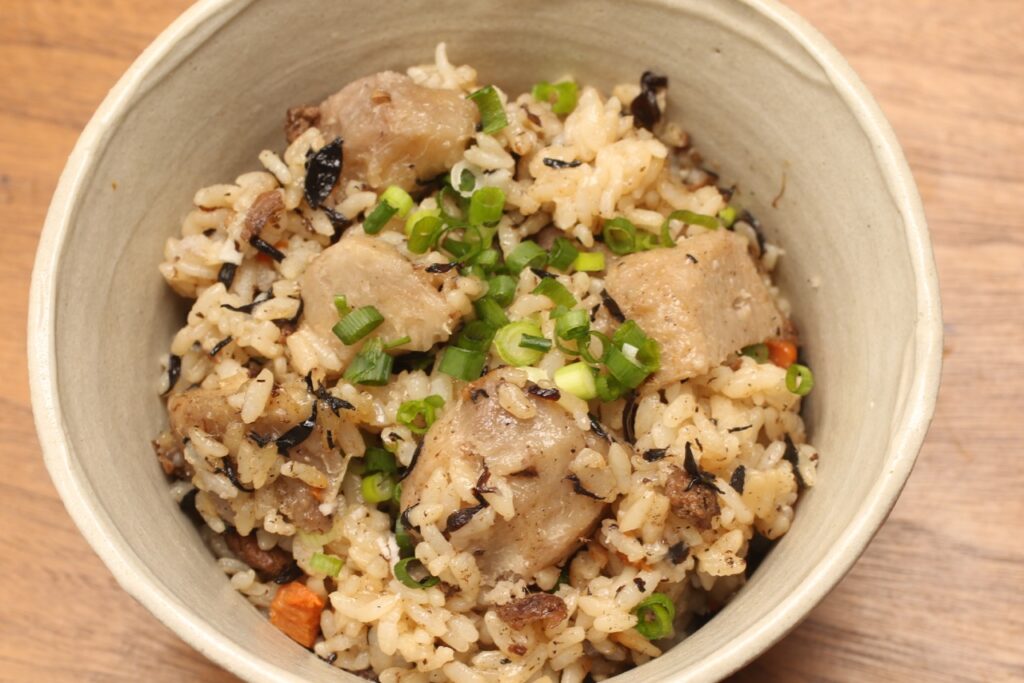
Twunji-bīsa
Twunji-bīsa (winter solstice chill) is the seasonal wind that blows … Continued
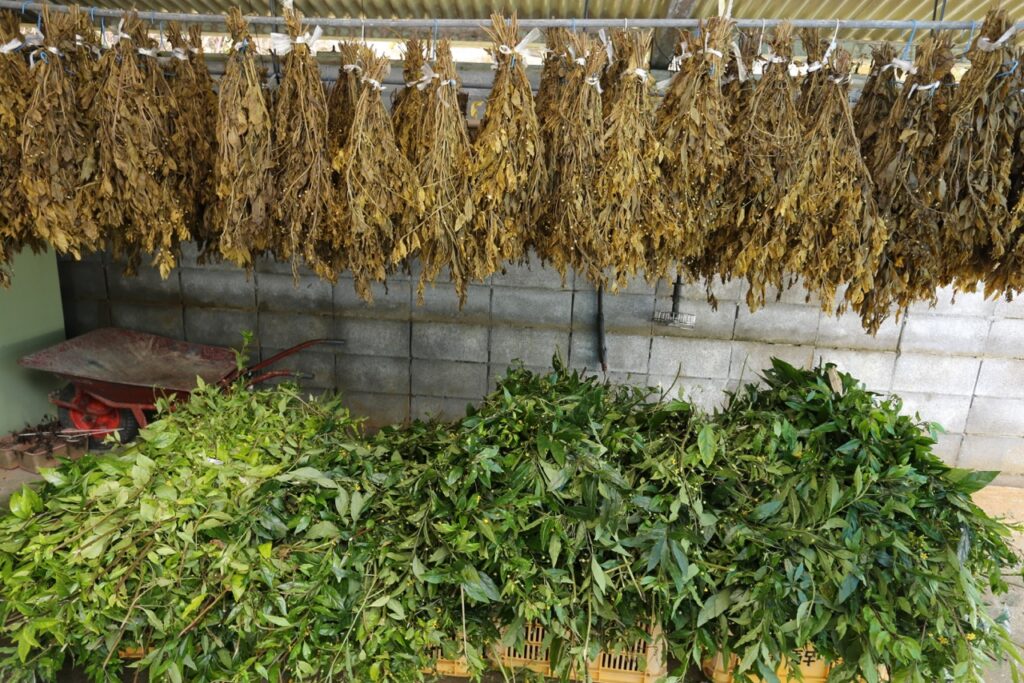
Yamakunibū
“About yamakunibū...” “What is that?” “You know, the thing hung in a … Continued
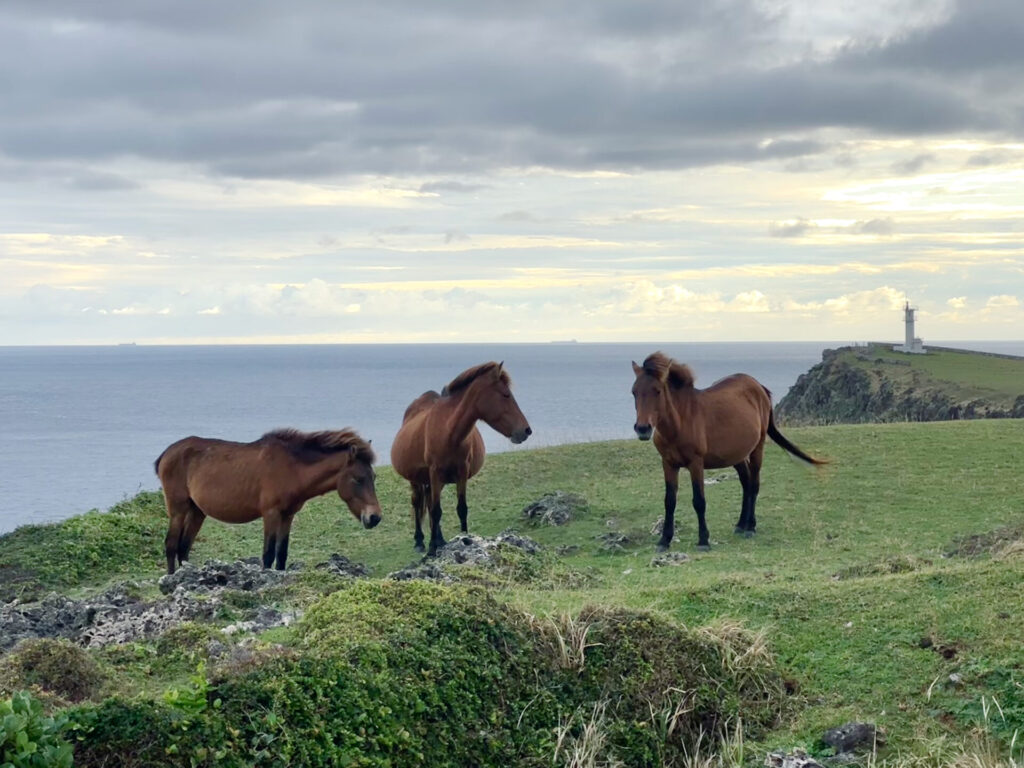
Yonaguni Horse
At a meadow on top of a sheer cliff, the … Continued
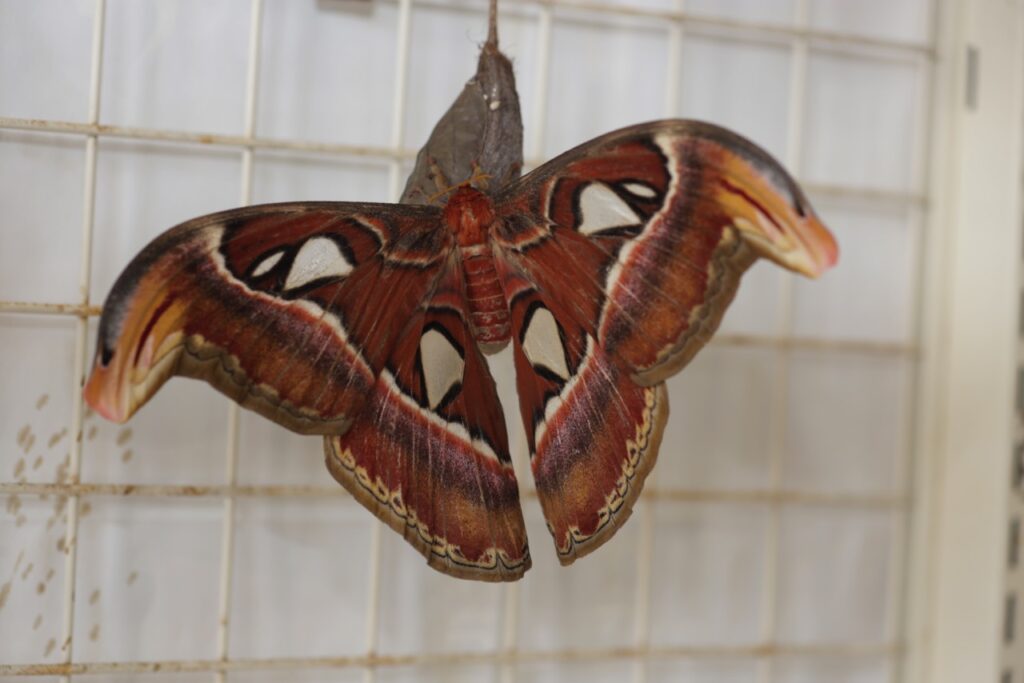
Yonagunisan
Yonagunisan (Attacus atlas ryukyuensis) is one of the biggest moths … Continued

